Erano molti anni che volevo andare in Norvegia e quando un mio carissimo amico ha organizzato il viaggio e mi ha invitato, ho colto la palla al balzo e sono partito!
Scopo principale era vivere l’esperienza dell’aurora boreale, ma facendo un pò di ricerca ho scoperto che la Norvegia offre molte altre attività per vivere a pieno il territorio, dai fiordi ai tour con slitta trainata dai cani fino alla possibilità di passare la notte in tende Sami, in attesa di poter vedere l’aurora.
Ma facciamo un passo per volta!
Il viaggio è durato 3 giorni nella prima settimana dello scorso dicembre.
Il clima nell’area dei Fiordi, quindi la parte che si affaccia al mar di Norvegia, è caratterizzato da condizioni spesso mutevoli in pochi minuti, si passa dal cielo stellato e limpido ad una bufera di neve improvvisa, quindi non demoralizzarsi è fondamentale.
La pianificazione è sempre il cuore di un progetto di questo tipo e una guida/fixer in loco fa la differenza.
In queste situazioni arrivare preparati è fondamentale per riuscire a portare a casa qualcosa di buono, e per fortuna abbiamo trovato una guida italiana giovane ma molto esperta che ci ha aiutato ad ottimizzare i 3 giorni a disposizione.
Durante la preparazione pre-viaggio ho cercato di analizzare quali problemi avrei dovuto affrontare.
Primo fra tutti sicuramente il grande freddo; un valido consiglio che mi è stato dato è quello di vestirsi a strati per poter gestire al meglio le varie situazioni, anche perché spesso non è possibile tornare in albergo a cambiarti.
Quindi l’abbigliamento è una cosa a cui fare grande attenzione…se hai freddo lavori male; mani e piedi saranno i più sensibili a questo aspetto e difficilmente ne sarete esonerati anche perché si passa molto tempo in piedi al freddoo e tante volte con i guanti imbottiti non si riescono a gestire i comandi della macchina fotografica.
L’altro aspetto è la scarsa luce e quando dico scarsa intendo praticamente buio, infatti in quel periodo tranne qualche ora tra le 9,30 e le 11 del mattino dove il sole non faceva comunque mai capolino (una sorta di alba/tramonto senza sole), la percezione generale era quella di notte inoltrata.
For many years I wanted to go to Norway but when my dear friend organized the trip and invited me, I caught the ball and I left!
The main purpose was to live the experience of the Northern Lights, but by doing some research I discovered that Norway offers many other activities to live in full the territory, from the fjords to the sledge dogs tours to the possibility of spending the night In Sami tents, waiting to see the the Northern Lights.
But let's take a step at a time!
The trip was organized in the first week of December 2016 for 3 days.
The climate in the Fjords area, specifically the part that faces the Norwegian Sea, is characterized by conditions often changing in a few minutes, passing from the starry sky and clear to a sudden snowstorm, so not demoralizing is crucial.
Planning is always the heart of such a project and an on-site guide / fixer makes the difference.
In these situations getting prepared is crucial to getting something good at home, and luckily we found a young but very experienced Italian guide that helped us optimize the 3 days available.
During pre-trip preparation I tried to analyze what problems I should have faced.
First of all, surely the cold extremity; a valid advice given to me was to dress in layers to better manage the various conditions, also because often you can not go back to the hotel to change you.
So clothing is one thing to be careful about ... if you're cold working becomes difficult; Hands and feet will be the most sensitive to this aspect because you spend a lot of time standing in the cold with padded gloves making managing camera controls.
The other aspect is the low light and when I say low I mean pretty dark, in fact at that period, except for a few hours between 9.30 and 11 AM in the morning where the sun never did peep (a sort of sunrise / sunset without sun ), the general perception was like late night.
AURORA BOREALE
L’aurora boreale è uno spettacolo talmente bello da togliere il fiato tanto che appena appare chiunque intorno a te non proferisce parola, tutti in religioso silenzio in mezzo alla natura difronte a cotanta meraviglia.
Come dicevo, durante la preparazione mi sono documentato tanto sull’aurora boreale e ho scoperto che in Finlandia, l’aurora boreale viene chiamata ‘revontulet’, che significa ‘fuochi della volpe’.
Secondo i vichinghi norvegesi invece era il riflesso del sole sugli scudi delle Valchirie a dare vita all’aurora boreale.
L’aurora boreale non ha una forma definita, le più classiche sono ad arco, a ‘chiazza’ o spirare/“S”, quando l’attività è lieve. Quella più incredibile e rara, che si verifica esclusivamente in condizioni di massima attività solare, è la corona boreale, di forma circolare (che assomiglia ad una corona) in corrispondenza dello Zenith.
Le aurore si formano di norma attorno ai poli magnetici dei due emisferi e creano il cosiddetto ovale aurorale che determina la zona in cui i fenomeni possono essere osservati più frequentemente e con un’intensità maggiore. La presenza varia in funzione dell’attività solare: quando quest’ultima aumenta, l’ovale si allarga verso le zone più a sud, rendendola visibile, ad esempio, anche in Scandinavia.
Le condizioni ottimali per poter avvistare l’aurora boreale, secondo me, sono soggettive da luogo a luogo. Nei giorni del mio viaggio ho avuto la fortuna di vederla diverse volte, sia che ci fosse la luna, sia la presenza di qualche nuvola.
Sicuramente il cielo limpido senza nuvole e senza luna sono la situazione più favorevole.
L’orario migliore per osservare l’aurora dai quelle parti è dalle 19.00 fino all’24.00 di notte, ma in rare occasioni l’aurora boreale può manifestarsi anche molto prima oppure dopo.
Molti sostengono che la luna con la sua forte luce potrebbe infastidire la visione dell’aurora boreale, dalle foto che vedrete in seguito non è sempre vero.
Bisogna allontanarsi comunque dall’inquinamento luminoso delle città.
Il fenomeno come si è visto è imprevedibile. C’è da dire però che grazie al monitoraggio continuo dell’attività solare, si riescono a fare delle previsioni a breve termine.
Un valido aiuto sono le informazioni reperibili su numerosi siti (http://www.aurora-service.eu/) che consiglio di monitorare spesso perché si aggiornano in tempo reale.
Anche la durata non si può prevedere, può durare pochi secondi, pochi minuti o addirittura tutta la notte! Bisogna essere perciò preparati anche a livello fotografico.
Fortuna vuole che poco prima della partenza ho ricevuto l’incarico di testare la nuova X100F in uscita da li a pochi mesi.
Di seguito trovate l’elenco completo che ho portato con me.
Attrezzatura consigliata per fotografare l’Aurora Boreale e ottenere buoni risultati:
- Macchina fotografica (meglio se Fujifilm…ahahaha), preferibilmente di ultima generazione, perché i nuovi sensori e recenti processori permettono risultati più performanti.
- Un buon treppiede, sufficientemente stabile in caso di vento forte (attenzione ad afferrarlo a mani nude: esposto a temperature molto basse essendo in alluminio rischiate che vi si attacchi alla pelle).
- Scatto remoto, per evitare anche le più piccole vibrazioni, in alternativa il settaggio per l’autoscatto risolve comunque il problema.
- Obiettivo grandangolare luminoso, f1.4, f1.8 o f2.8 sono l’ideale, se sul vostro obiettivo è presente lo stabilizzatore è il caso disattivarlo tanto sarete su cavalletto.
- Batterie di scorta. Normalmente in situazioni fuori dallo standard (sia calde che fredde), le batterie si scaricano più facilmente. Al contrario delle reflex, le mirrorless, dovendo alimentare continuamente il sensore tendono a mantener la macchina ad una temperatura costante; questo produce meno sbalzi termici il consumo in generale è più constante. Meglio comunque averne qualcuna in più (tenuta al caldo nella giacca) piuttosto che rischiare di non fare foto!
- Involucro dedicato o ‘sacchetto di plastica’ che serve a proteggere la macchina fotografica in caso di pioggerella o nevischio, (se la macchina è tropicalizzata potete evitare).
- Abbigliamento termico adatto a temperature anche molto basse, si possono raggiungere tranquillamente i -20/25°.
- Torcia o torcia frontale, per poter illuminare il percorso da seguire e fare del light painting.
- Torcia frontale con filtro con “gelatina” rossa, perché durante la sessione con l’aurora è preferibile essere al buio per non disturbare altri vicino a voi evitando luci parassite nell’inquadratura, ma soprattutto perché il vostri occhi non dovranno abituarsi ogni volta al buoi permettendovi allo stesso tempo di vedere i comandi sulla macchina fotografica.
E’ importantissimo fare attenzione agli sbalzi di temperatura.
Il rapido sbalzo da freddo a caldo farà formare della condensa sia sulla macchina fotografica sia sull’obiettivo e questo potrebbe impedirvi di fare foto per ore o addirittura giorni. Per evitare che ciò accada è sufficiente richiudere bene la macchina e obiettivo nel loro apposito zaino, magari avvolti in un asciugamani prima di salire in auto o entrare in un posto caldo, avendo l’accortezza di aspettare un pò prima di tirare fuori l’attrezzatura.
Consigli per fotografare l’Aurora Boreale:
- Fuoco in manuale, preferibilmente su infinito, a meno che non abbiate un soggetto in primo piano a cui volete dare risalto
- Esposizione in manuale
- ISO in manuale
- Formato Raw
- Utilizzate sempre in miglior rapporto tra tempi/diaframmi e ISO (non ci sono regole fisse, dipende tutto da cosa, come e dove state fotografando)
- Ricordate che l’aurora si muove!!!!! Sotto ogni immagine che vedrete trovate le impostazioni che ho usato ma di seguito due esempi:
- Tempi lunghi, attorno ai 15-20 secondi e ISO bassi, per cogliere il movimento dell’aurora e avere l’effetto ‘pennellata’ verde brillante nel cielo.
- Tempi brevi, attorno ai 6-8 secondi e ISO alti, attorno ai 2.500/3.200 per cogliere la forma reale dell’aurora e i suoi raggi.
Attenzione: se si fotografa con la presenza della Luna i parametri indicati cambiano sensibilmente, la sua influenza varia molto sull’illuminazione del paesaggio dandovi l’opportunità di fare immagini differenti.
In alcune immagini che vedrete la percezione è quella che sia giorno, in realtà è notte piena!
NORTHERN LIGHTS
The Northern Lights is such a beautiful sight. It take your breath away so much that anyone around you does not speak a word, all in religious silence in the midst of nature.
As I said, during the preparation I have documented so much about the Northern Lights and I found out that in Finland, the Northern Lights is called the 'revontulet', meaning 'fires of the fox'.
According to the Norwegian vikings, it was the reflection of the sun on the shields of the Valchirie to give birth to the Northern Lights.
The Northern Lights does not have a definite shape, the most classic are arch, 'spotted' or spiral / 'S', when the activity is mild. The most incredible and rare, which occurs solely in conditions of maximum solar activity, is the circular, crown-shaped crown (corresponding to a crown) at the Zenith.
The Northern Lights usually form around the magnetic poles of the two hemispheres and create the so-called auroral oval that determines the area where the phenomena can be observed more frequently and with greater intensity. The presence varies depending on solar activity: when the latter increases, the oval widenes to the most southern areas, making it visible, for example, in Scandinavia.
The best conditions for seeing the Northern Lights, in my opinion, are subjective from place to place. On the days of my trip, I was lucky enough to see her several times, whether there was a moon or a cloud.
Surely the clear cloudless and moonless sky is the most favorable situation.
The best time to observe the Northern Lights in Tromso is from 19:00 to 24:00 at night, but on rare occasions the Northern Lights may manifest itself much earlier or later.
Many argue that the moon with its strong light might annoy the view of the Northern Lights, from the photos you will see later is not always true.
However, it is necessary to move away from the light pollution of the cities.
The phenomenon as seen is unpredictable. It is to be said, however, that due to the continuous monitoring of solar activity, short-term forecasts can be made.
Valuable help is the information available on numerous sites (NORTHERN LIGHTS FORECAST) which I often advise to monitor frequently to update in real time.
Even the duration can not be predicted, it can take a few seconds, a few minutes or even the whole night!
I was very lucky because shortly before departure I was commissioned to test the new X100F which was new to the market.
Below you will find the complete list of equipment I've brought with me.
Recommended equipment for photographing Northern Lights and getting good results:
Camera (better if Fujiflm ... ahahaha), preferably of the latest generation, because new sensors and recent processors allow more performance.
A good tripod, sufficiently stable in the case of strong winds (be careful to grab it with bare hands: exposed to very low temperatures when aluminum is in danger of being attached to the skin).
Remote shutter, to avoid even the smallest vibrations, alternatively setting the self-timer still solves the problem.
Wide-angle lens, f1.4, f1.8 or f2.8 are ideal; if the stabilizer is present on the lens, disable it.
Replacement Batteries. Normally in situations outside the standard (both hot and cold), the batteries discharge more easily. In contrast to the reflex cameras, the mirrorless cameras, having to continuously feed the sensor tend to keep the camera at a constant temperature; This produces less heat shifts consumption in general and is more consistant. It is better to have some extra batteries (keep warm in the jacket) rather than risk not to take pictures!
Dedicated enclosure or plastic bag for protecting the camera in case of rain or snow (if the camera is tropicalized you can avoid it).
Thermal clothing suitable for very low temperatures, you can easily reach -20 / 25 °.
Torch or front torch to illuminate the path to be followed and light painting.
Front light with "red jelly" filter, because during the night photo-session it is preferable to be in the dark so as not to disturb others near you by avoiding parasitic lights in the frame, but above all because your eyes will not get used to it every time darkness while allowing you to see the controls on the camera at the same time.
It is very important to pay attention to the temperature fluctuations.
Formation of condensation on both the camera and the lens may prevent you from taking pictures for hours or even days. To prevent this from happening, simply close the machine and aim it in their special backpack, maybe wrapped in a towel before getting in your car or getting in a warm place, having the trouble to wait a while before pulling out the equipment.
Tips for photographing Northern Lights:
Manual focus, preferably infinity, unless you have a focus on which you want to emphasize
Manual exposure
Manual ISO
Raw format
Always use best-in-time ratio between shutter speeds and ISO (there are no fixed rules, it depends on everything, how and where you are shooting)
Remember that the Northern Lights move !!!!! Under each image you will see you find the settings I used but below are two examples:
Long time, around 15-20 seconds and low ISO, to capture the movement of the sunrise and to have the 'brilliant green' brush effect in the sky.
Short times, around 6-8 seconds and high ISO, around 2,500 / 3,200 to capture the real shape of the sunrise and its rays.
Caution: If you photograph with moon presence, the parameters shown change significantly, its influence varies greatly on landscape lighting, giving you the opportunity to make different images.
Some pictures that you will see the perception is like is day, but it is actually full night!
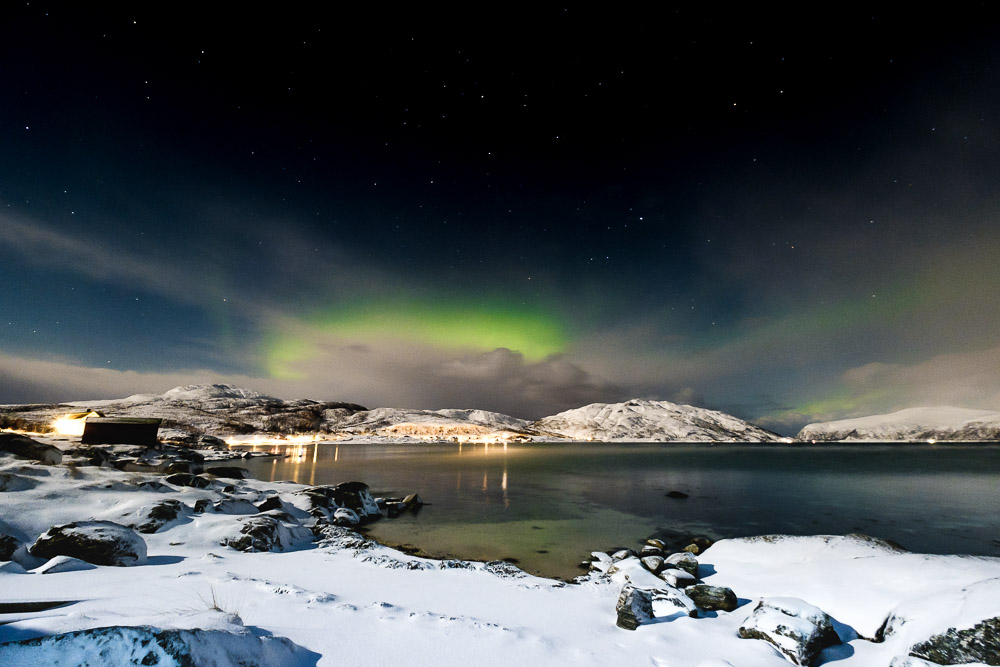

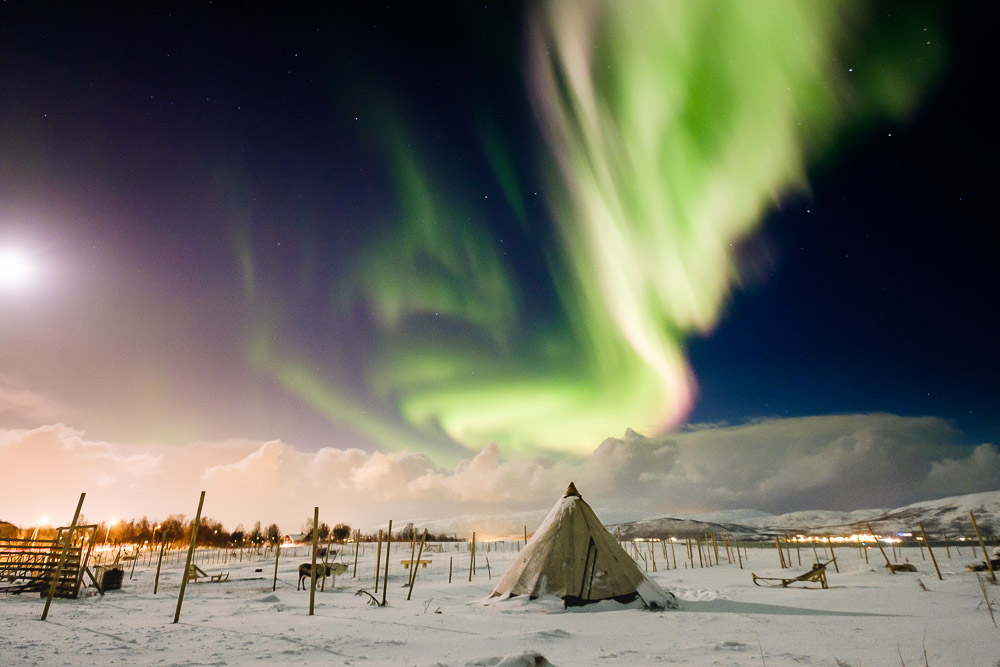

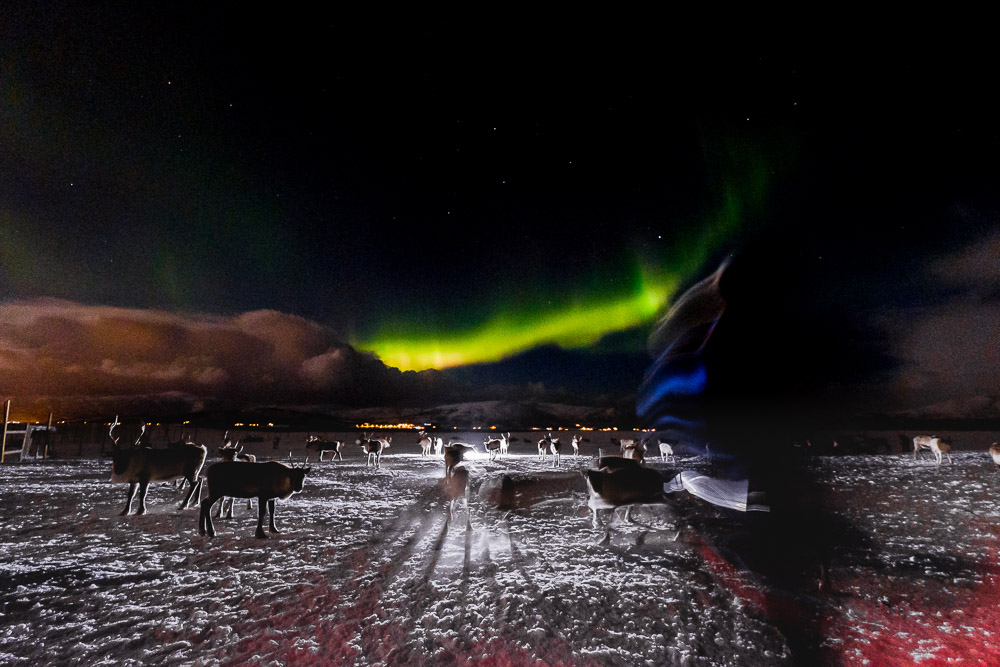
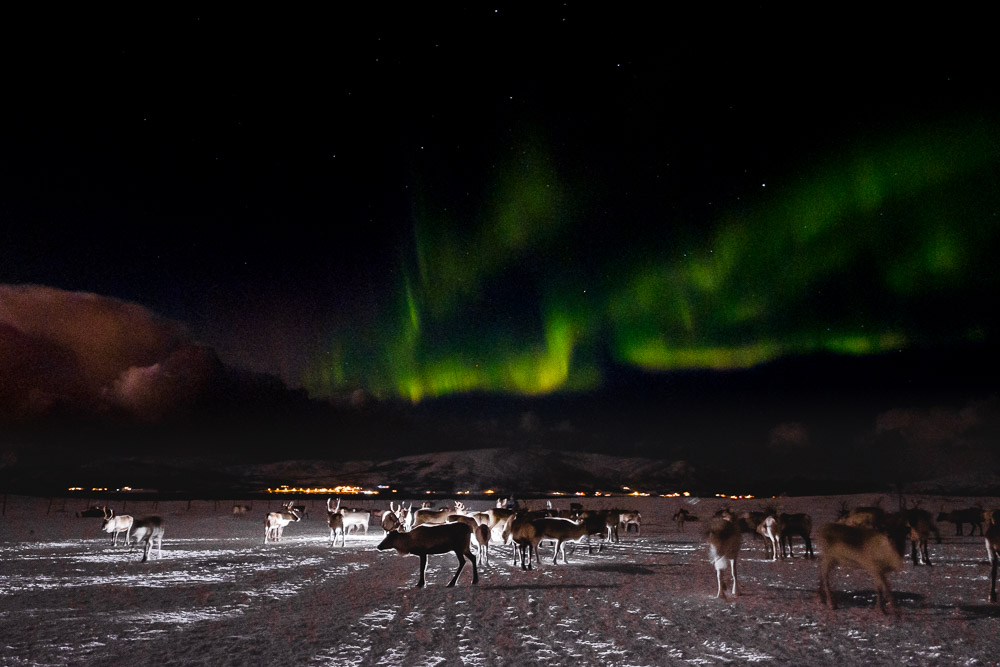

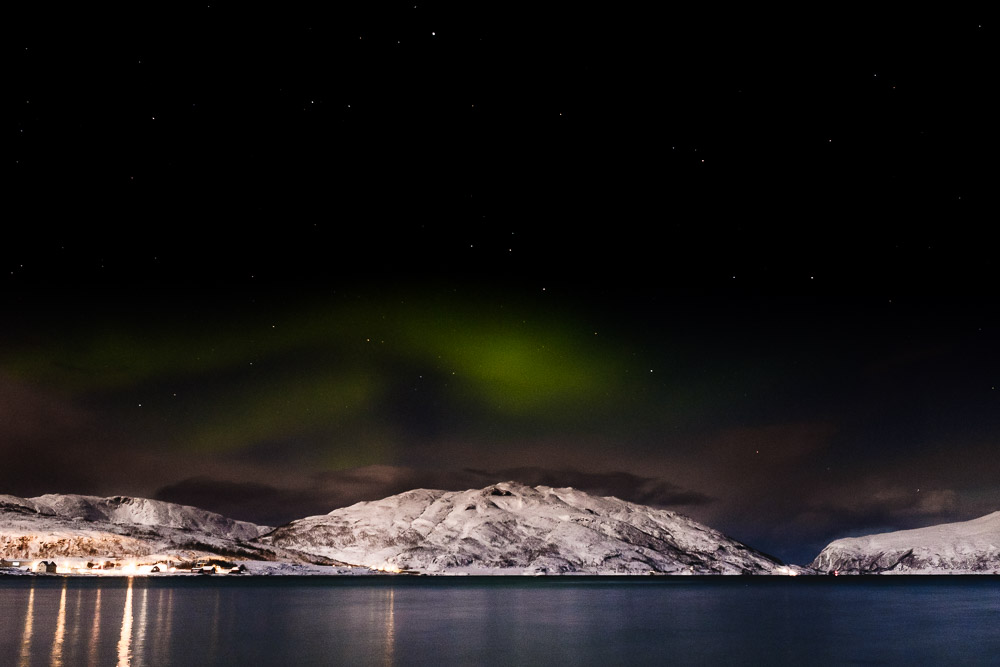
TROMSO
Avendo molte attività ho voluto approfittare di partire dalla città di Tromso.
Tromsø (a Sami Romsa) è una città della Norvegia settentrionale situata nella contea di Troms, che è la capitale amministrativa; È comunemente considerata la capitale della Lapponia.
È la settima città norvegese per numero di abitanti ed è la città più grande del Nord-Norge (Norvegia settentrionale).
Il centro città si trova a Tromsøya (isola di Tromsø), ma l'agglomerato urbano si sviluppa anche ad est, sulla terraferma, con Tromsdalen ("The Valley"), e ad ovest su Kvaløya (isola delle balene). Su entrambi i lati ci sono ponti che collegano il centro con la periferia, e anche un tunnel sottomarino per Tromsdalen; È dominato dalla montagna Tromsdalstinden (la vetta del Tromsdalen), situata ad est sulla terraferma.
Il centro città contiene il maggior numero di vecchie case di legno nel Nord-Norge. La cattedrale artica, costruita nel 1965, è probabilmente il monumento più famoso di Tromsø.
Tromsø si trova a circa 350 km a nord del Circolo Polare Artico (66 ° 33 '39 "di latitudine nord) e dal 21 maggio al 23 luglio è possibile ammirare il fenomeno del sole di mezzanotte, il fenomeno che, con l'approssimazione del solstizio d'estate, si verifica sopra i cerchi polari dove il sole non scende mai sotto l'orizzonte e di conseguenza non scende mai la notte.
Nei mesi invernali, dal 23 novembre al 18 gennaio, il Sole non sorge sopra l'orizzonte, ma, a causa del tramonto, non si verifica il fenomeno della cosiddetta notte polare. Infatti, anche nel giorno del solstizio d'inverno, l'elevazione massima del Sole raggiunge -3 °, che è 3 gradi sotto l'orizzonte, sufficiente per avere la diffusione necessaria per assicurare la presenza di luce. Il 21 gennaio di ogni anno, Tromsø celebra la "giornata di sole", Soldagen.
Tromsø è al centro dell'area in cui è visibile la boreale settentrionale, poiché non è né troppo a nord né troppo a sud. In effetti, è uno dei posti migliori al mondo per osservare questo fenomeno. A causa della rotazione del pianeta, l'alba a Tromsø è generalmente visibile tra le 18:00 e le 21:00, anche se a volte è possibile vederla un po 'prima o dopo quell'ora.
In questa situazione, dovendo camminare molto ho optato per la X100F, decidendo volontariamente di non portarmi nient'altro.
È stata una decisione perfetta, perché potevo tenere la fotocamera in tasca e, se necessario, averla sempre disponibile, quindi tutto senza treppiede.
TROMSO
Having many activities I wanted to take advantage of starting from the city of Tromso.
Tromsø (in Sami Romsa) is a city in northern Norway located in Troms County, which is the administrative capital; Is commonly considered the capital of Lapland.
It is the seventh largest Norwegian city by population and is the largest city in North-Norge (northern Norway).
The town center is located on Tromsøya (Tromsø Island) but the urban agglomeration also develops to the east, on the mainland, with Tromsdalen ("The Valley"), and to the west on Kvaløya (Whale Island). On both sides there are bridges linking the center with the suburbs, and also a submarine tunnel to Tromsdalen; It is dominated by the Tromsdalstinden mountain (the Tromsdalen peak), situated to the east on the mainland.
The city center contains the largest number of old wooden houses in North-Norge. The Arctic Cathedral, built in 1965, is probably the most famous monument in Tromsø.
Tromsø is about 350 km north of the Arctic Circle (66 ° 33 '39 "north latitude) and from 21 May to 23 July it is possible to admire the midnight sun phenomenon, the phenomenon that, with the approximation of Summer solstice, occurs above the polar circles where the sun never falls below the horizon and consequently never drops the night.
In the winter months, from November 23 to January 18, the Sun does not rise above the horizon, but, due to the dusk, the phenomenon of the so-called polar night does not occur. In fact, even on the day of the winter solstice, the maximum elevation of the Sun reaches -3 °, which is 3 degrees below the horizon, sufficient to have the diffusion needed to ensure the presence of light. On January 21 of each year, Tromsø celebrates the "sunny day", Soldagen.
Tromsø is at the center of the area where the northern borealis is visible, since it is neither too north nor too south. In fact, it is one of the best places in the world to observe this phenomenon. Because of the rotation of the planet, the sunrise in Tromsø is generally visible between 6pm and 9pm, although sometimes it is possible to see it a little before or after that time.
In this situation, having to walk a lot I opted for the X100F, voluntarily deciding not to bring me anything else.
It was a perfect decision, because I could hold the camera in my pocket and, if necessary, have it always available, so everything without a tripod.



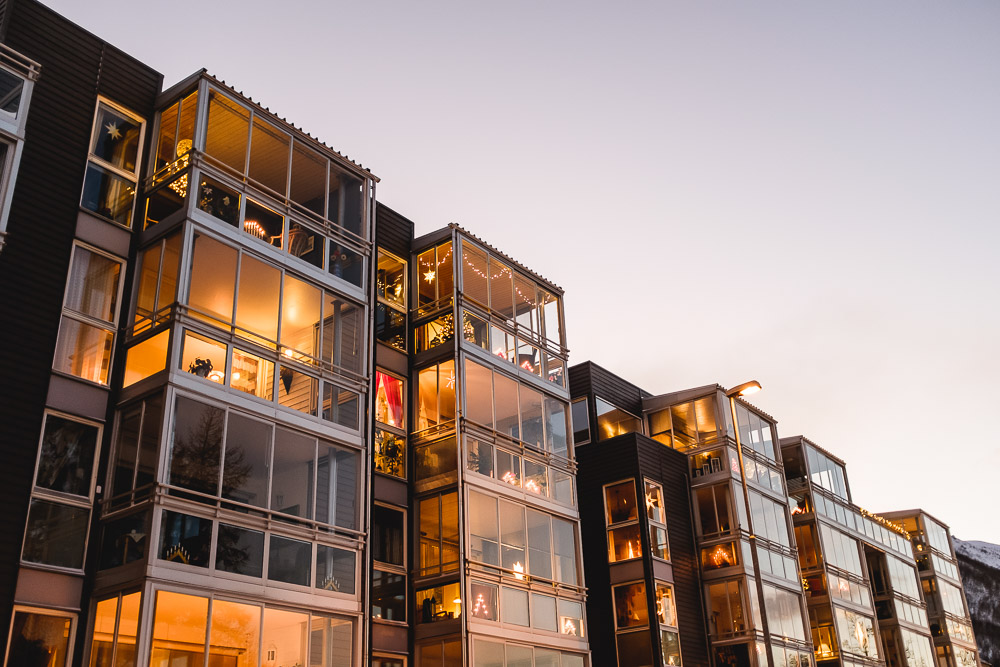
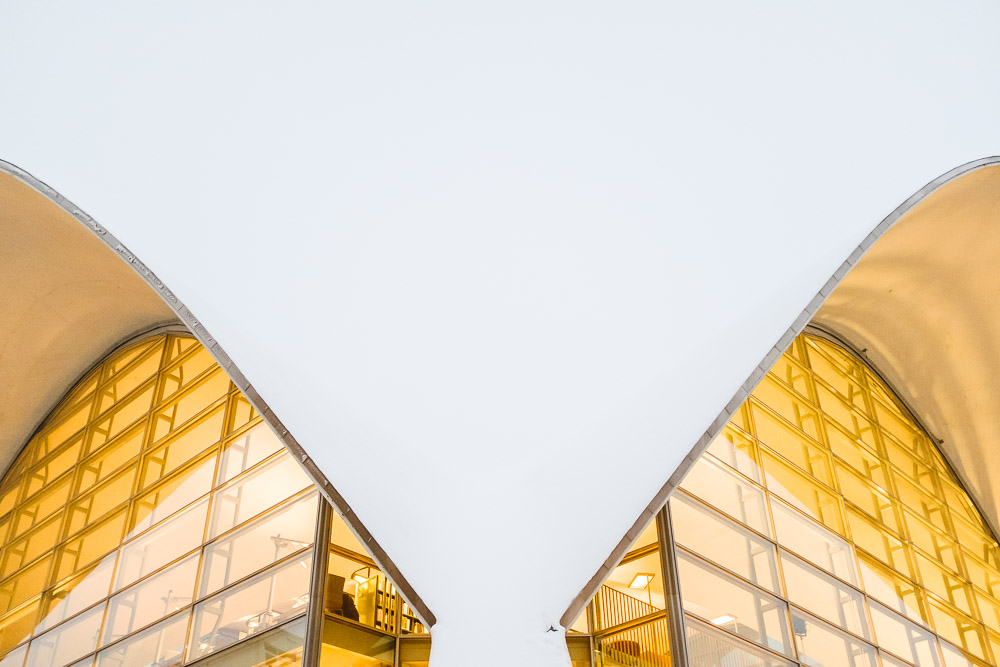

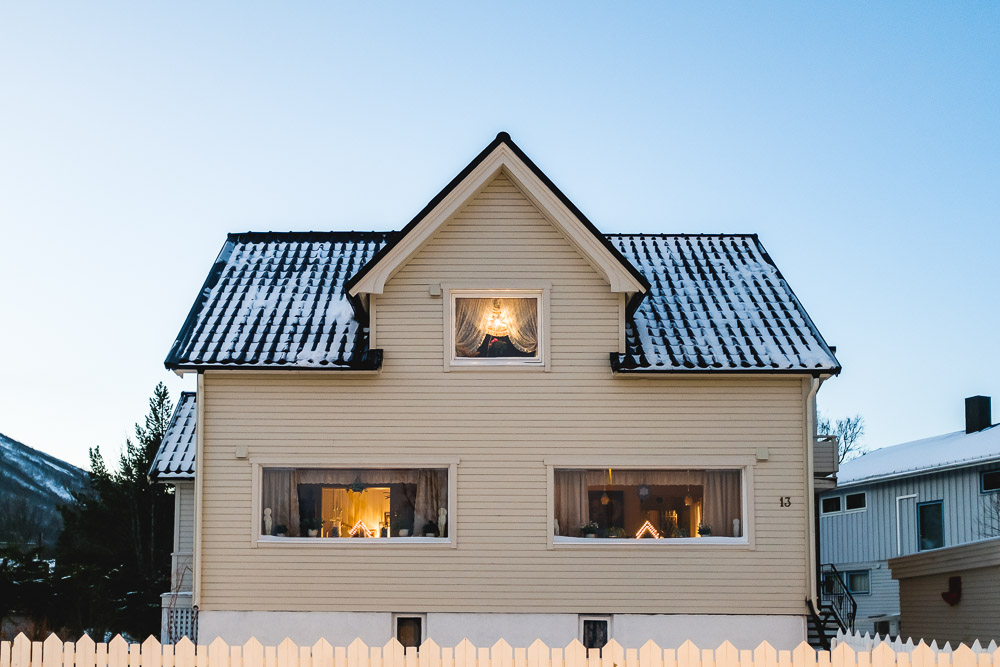
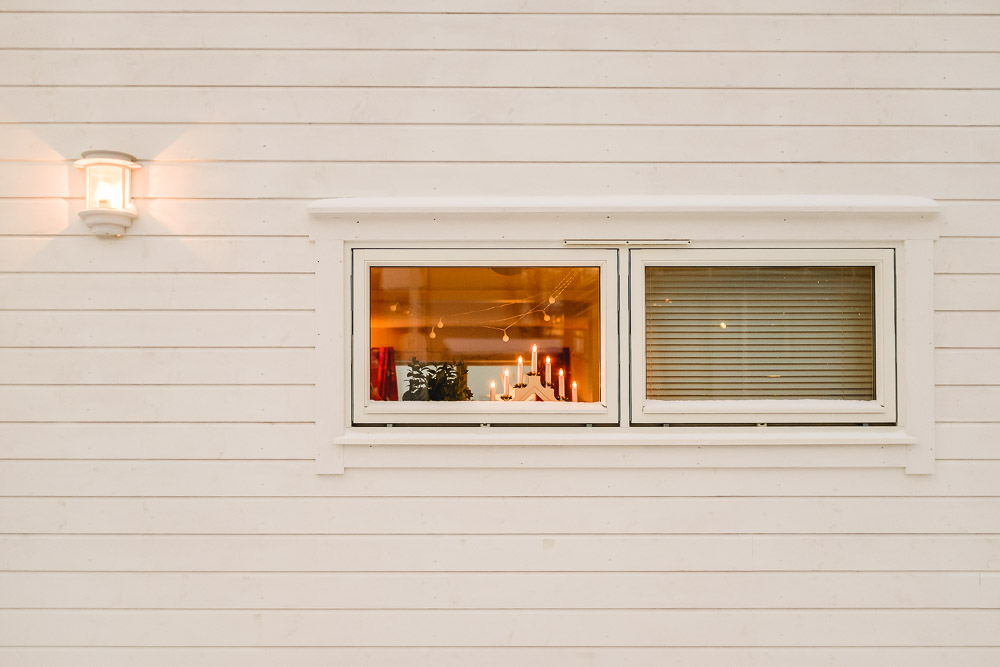
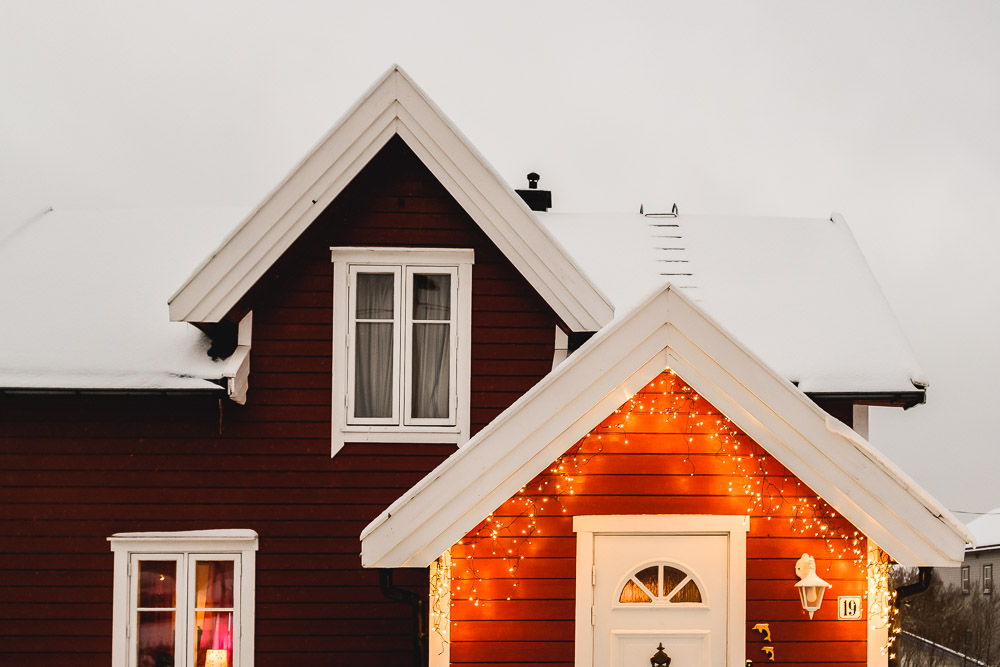
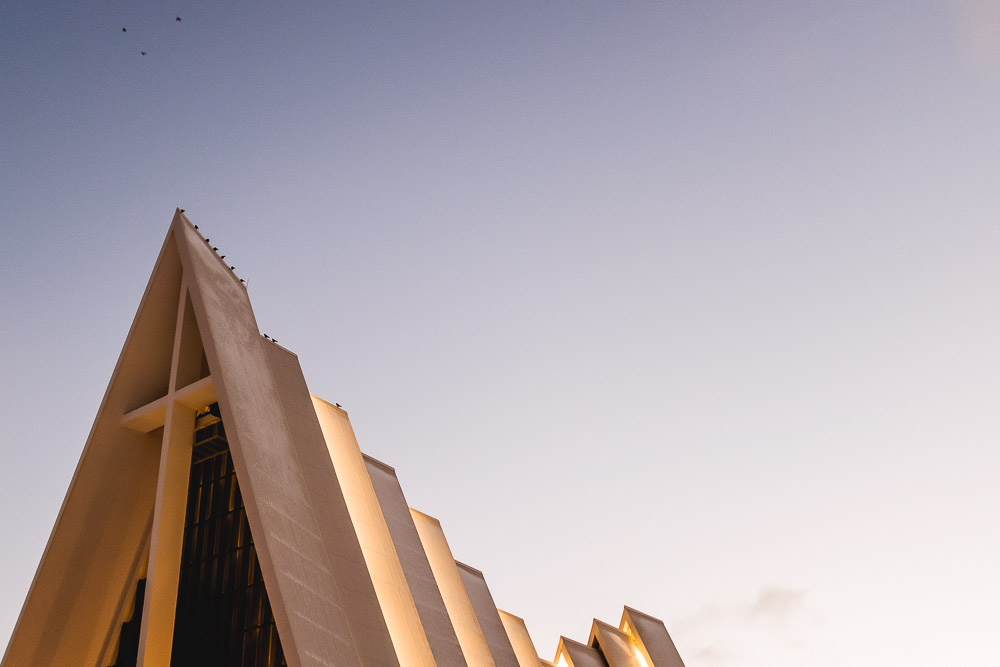
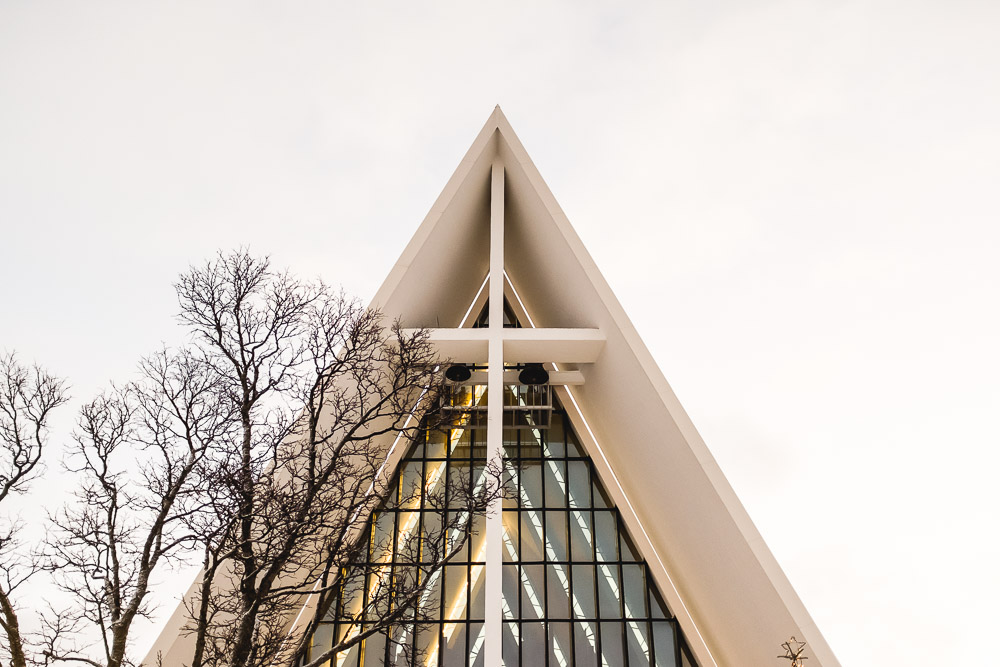
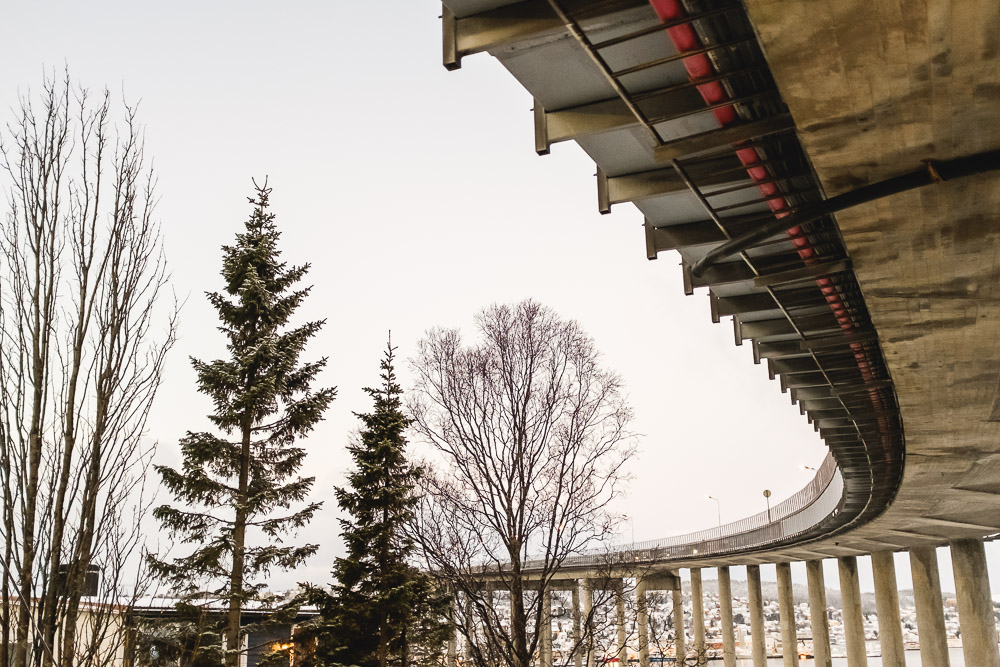
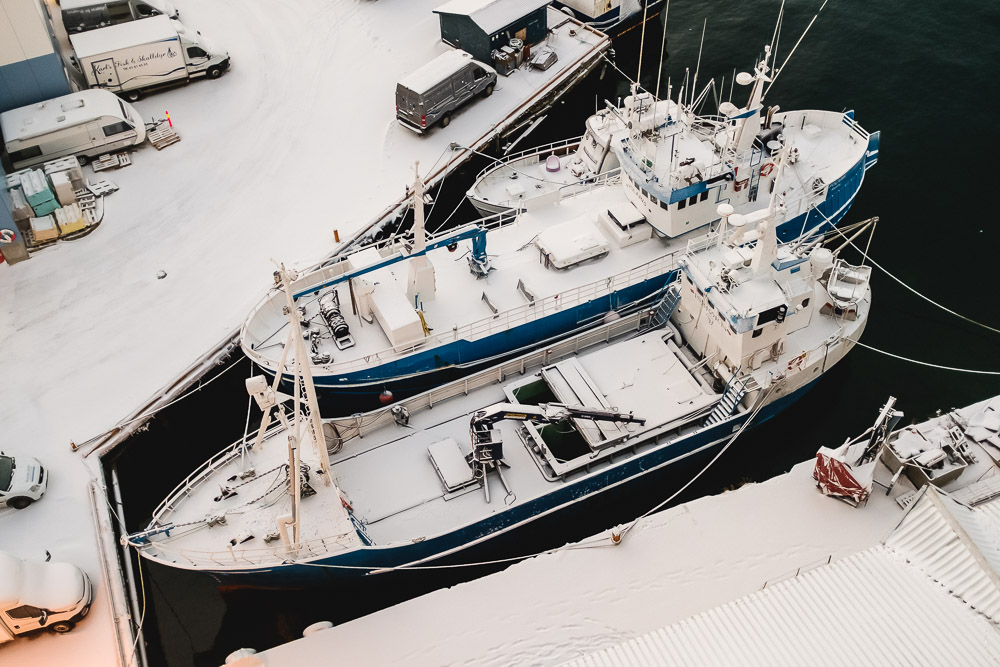
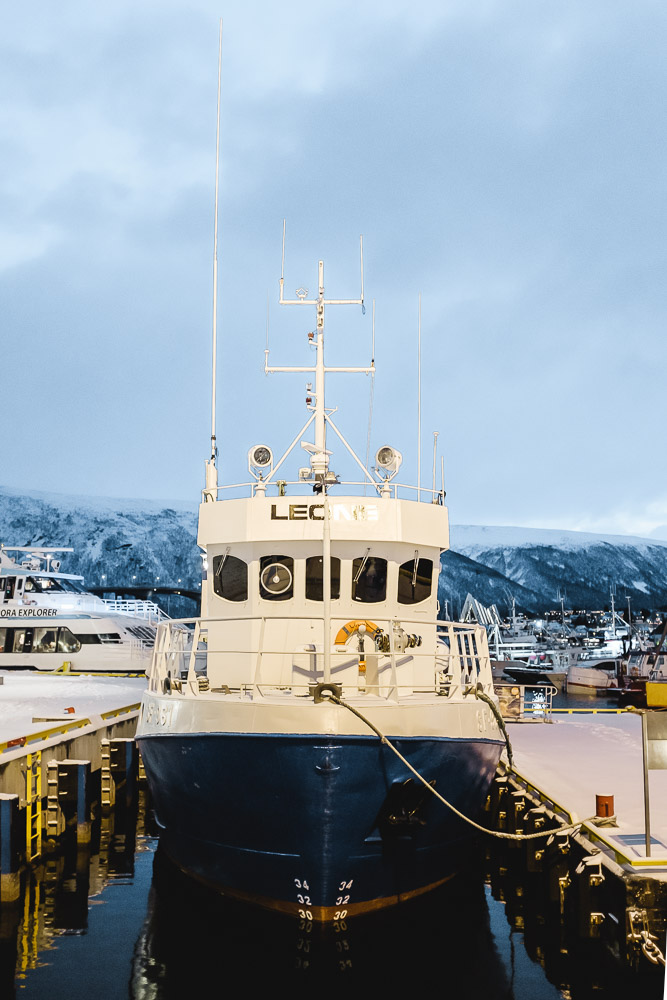
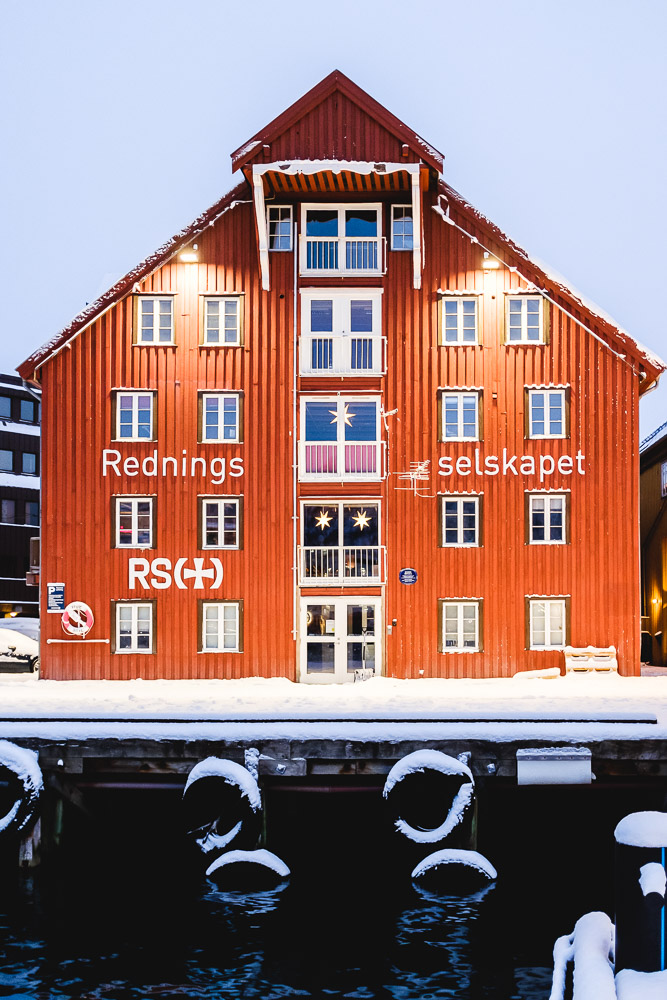
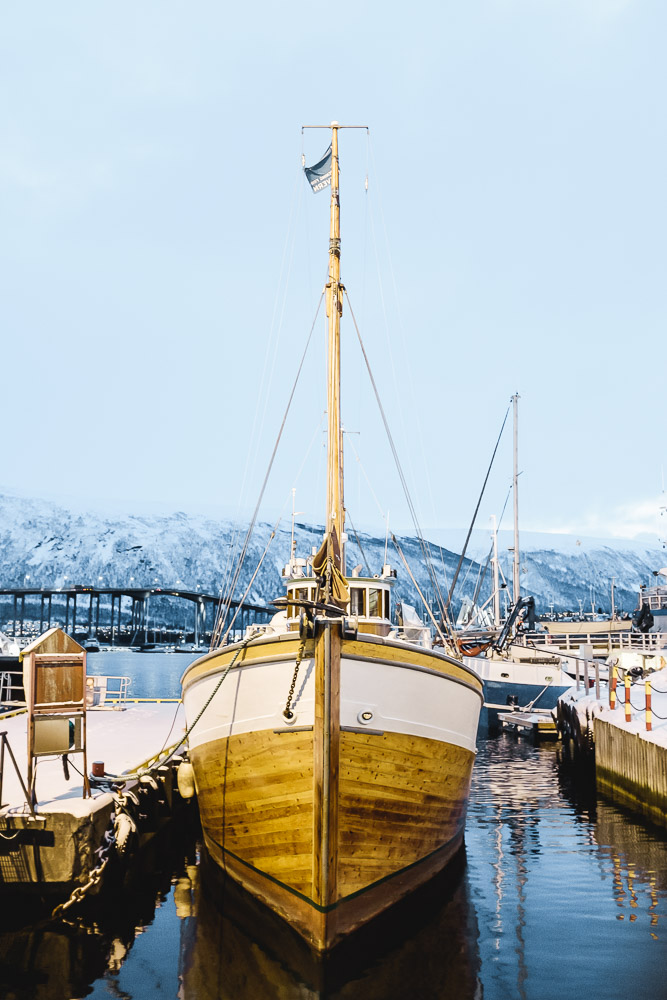

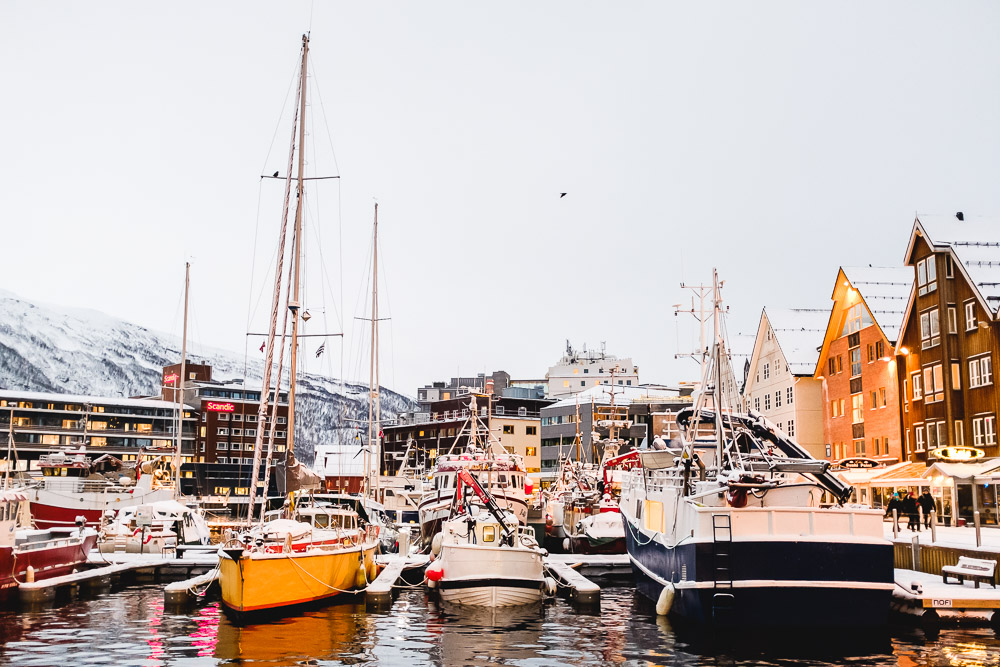
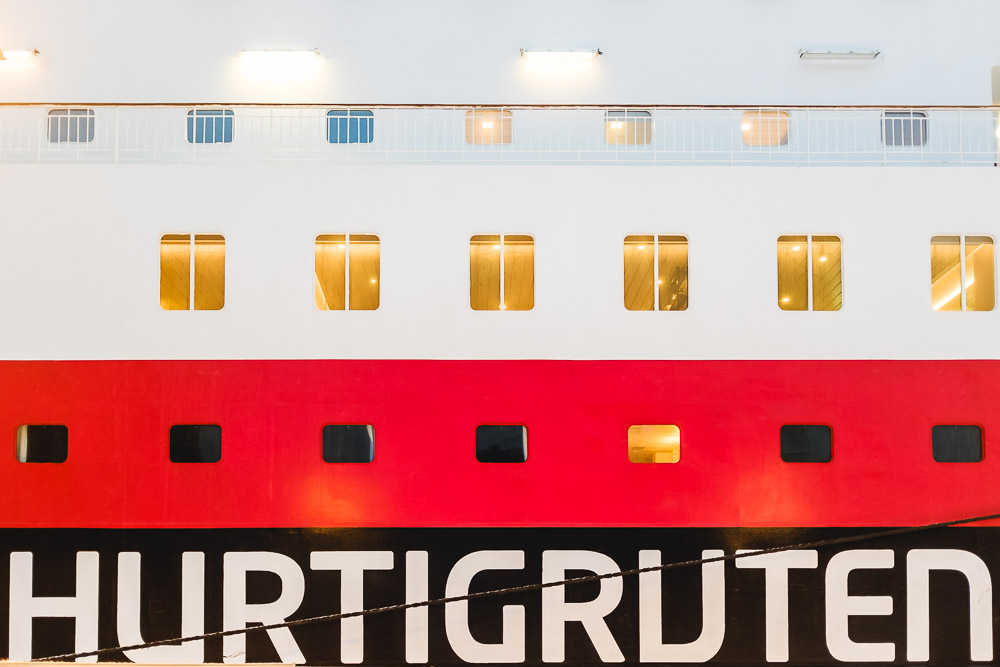
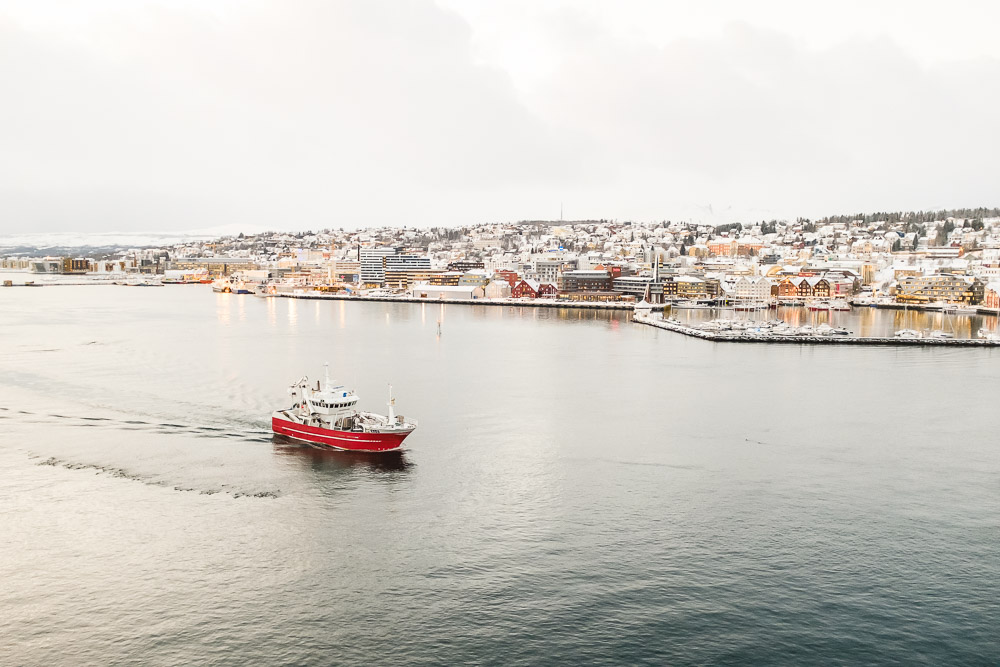
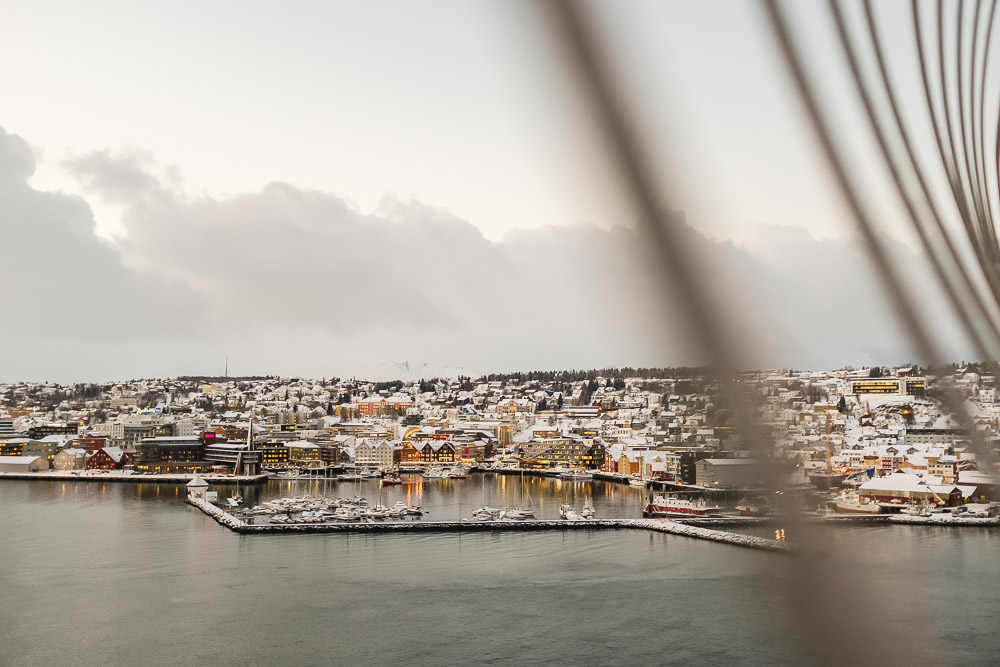

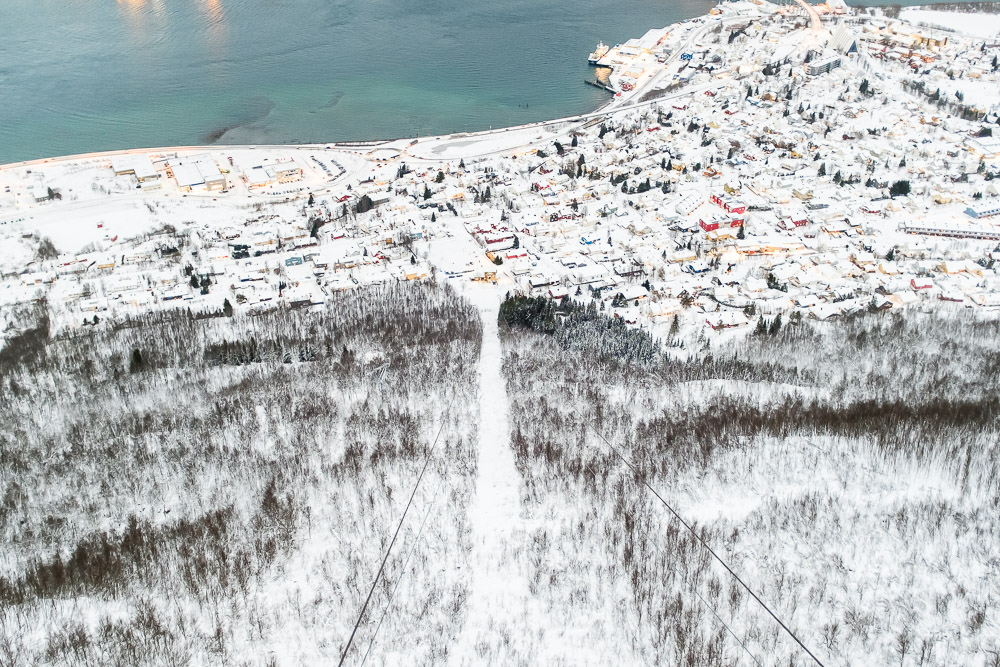
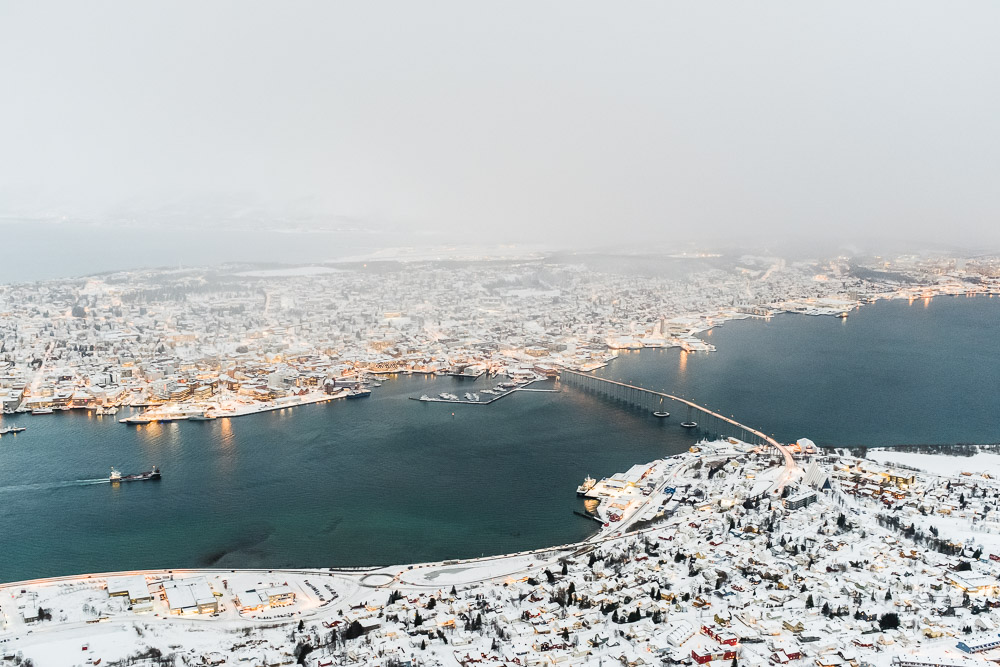
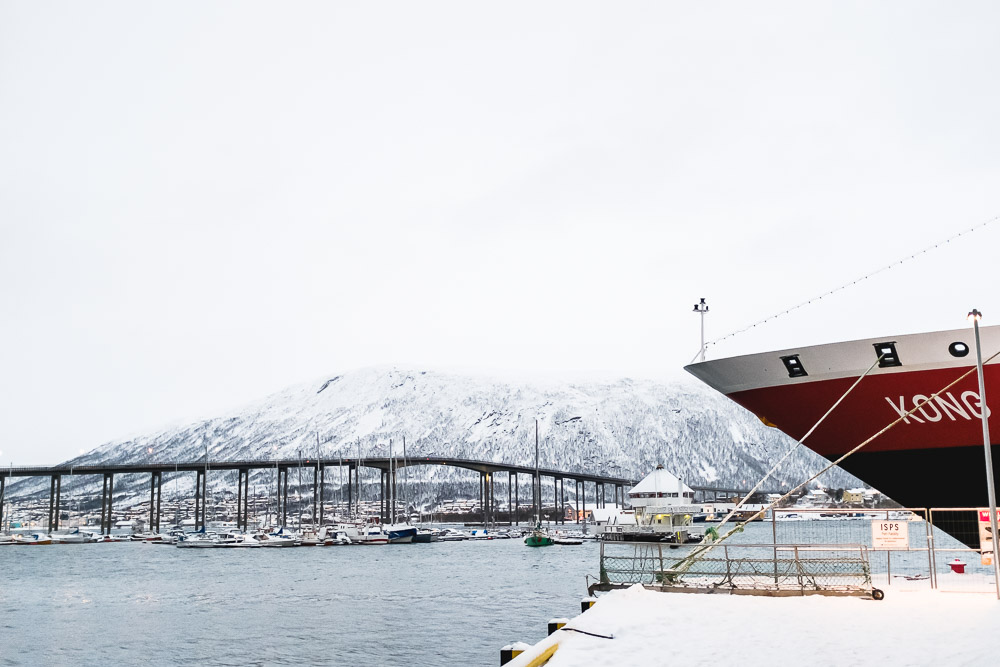
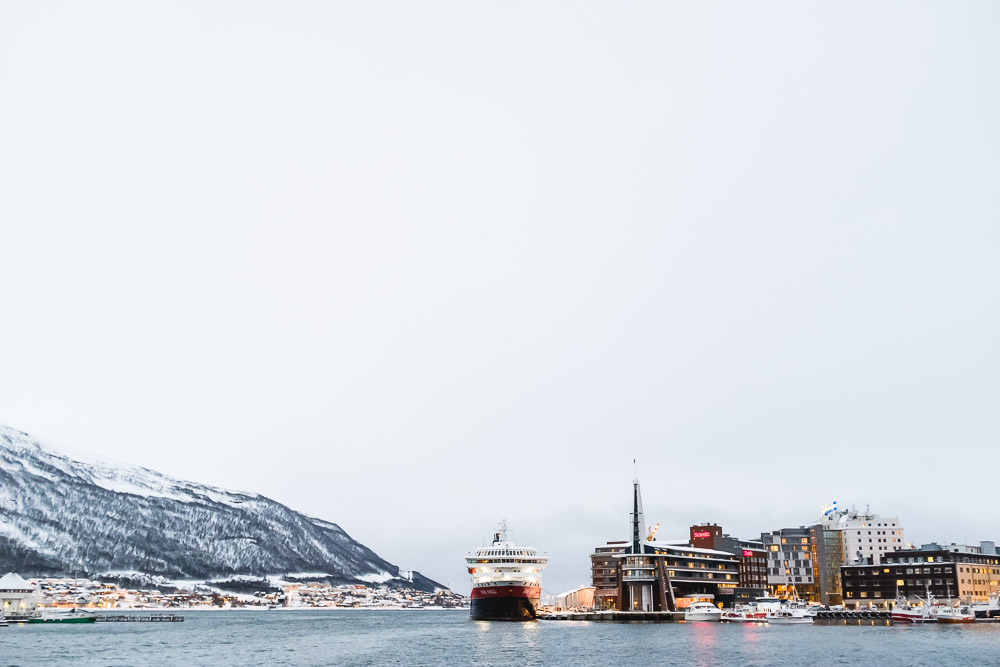
ACCAMPAMENTO SAMI
In attesa dell’aurora abbiamo cenato e passato qualche ora in una tenda “Sami”, tradizionalmente Lappone.
I Sami sono una popolazione che in Norvegia ha ancora una presenza molto viva, che mantiene una forte identità culturale.
La loro abitazione tradizionale era ed è in alcuni casi costituita o da una tenda portatile, costruita con pelle di renna, oppure da una capanna fissa. Il loro mezzo di trasporto tradizionale era la slitta trainata dalle renne, animale a cui sono molto legati.
Vivono in un ambiente particolarmente inospitale, a causa delle temperature rigide e per l'assenza totale di luce solare durante la stagione invernale.
La loro tradizionale forma di religiosità era quella sciamanica. Tra le antiche divinità principali vi è la "Madre-Terra" che governa le nascite e il Dio del tuono.
I Sami credono all'esistenza di un'anima che al momento del trapasso, si stacca dal corpo.
La figura sacerdotale è stata incarnata dallo sciamano, che effettuava tutta una serie di riti propiziatori per prevedere l'avvenire, utilizzando un tamburo magico. Molti riti propiziatori si riferivano agli animali: quando uno di loro veniva ucciso, un pezzo di carne di ogni parte del corpo veniva inserito in una specie di tomba, per essere seppellito, nella convinzione che la divinità, ingraziata dal sacrificio, facesse rivivere l'animale in un altro mondo. I Sami credevano nel potere magico dei sogni, interpretandolo come una via di comunicazione con il mondo dei morti.
Trovandomi fermo per diverso tempo nello stesso luogo mi sono permesso lo zaino completo scegliendo quello che mi serviva all’occorrenza.
Ho cercato di creare una visione differente dalle tipiche immagini notturne. La sensazione è quasi paradossale con la luna al posto del sole e pensare alle ombre di notte è sicuramente inconsueto.
Nonostante abbia utilizzato il cavalletto mi sono comunque spinto ai limiti degli ISO che avevo a disposizione, ottenendo ottimi risultati.
SAMI CAMPING
Waiting for the afternoon we dined and spent a few hours in a "Sami" tent, a traditional Lappone.
The Sami are a population that in Norway still have a very lively presence, which maintains a strong cultural identity.
Their traditional home was and is in some cases made up of either a portable tent, made of reindeer skin, or a fixed hut. Their traditional means of transport was the reindeer-driven sled, an animal to which they are very attached.
They live in a particularly inhospitable environment because of the rigid temperatures and the total absence of sunlight during the winter season.
Their traditional form of religion was the shamanic one. Among the ancient main gods there is the "Mother-Earth" ruling the births and the God of Thunder.
The Sami believe in the existence of a soul that, at the time of passing, is removed from the body.
The priestly figure was embodied by the shaman, who carried out a series of propitiatory rites to anticipate the future using a magic drum. Many propitiatory rites related to animals: when one of them was killed, a piece of meat from every part of the body was inserted into a sort of grave to be buried in the belief that the divinity, ingrained by the sacrifice, Animal in another world. The Sami believed in the magical power of dreams, and interpreted it as a way of communicating with the world of the dead.
Finding myself for a while in the same place allowed me the full backpack choosing what I needed when I needed it.
I tried to create a different view from typical night-time images. The feeling is almost paradoxical with the moon in the place of the sun and thinking about the shadows at night is definitely unusual.
Although I used the tripod, I still pushed the ISO limits I had available, getting great results.
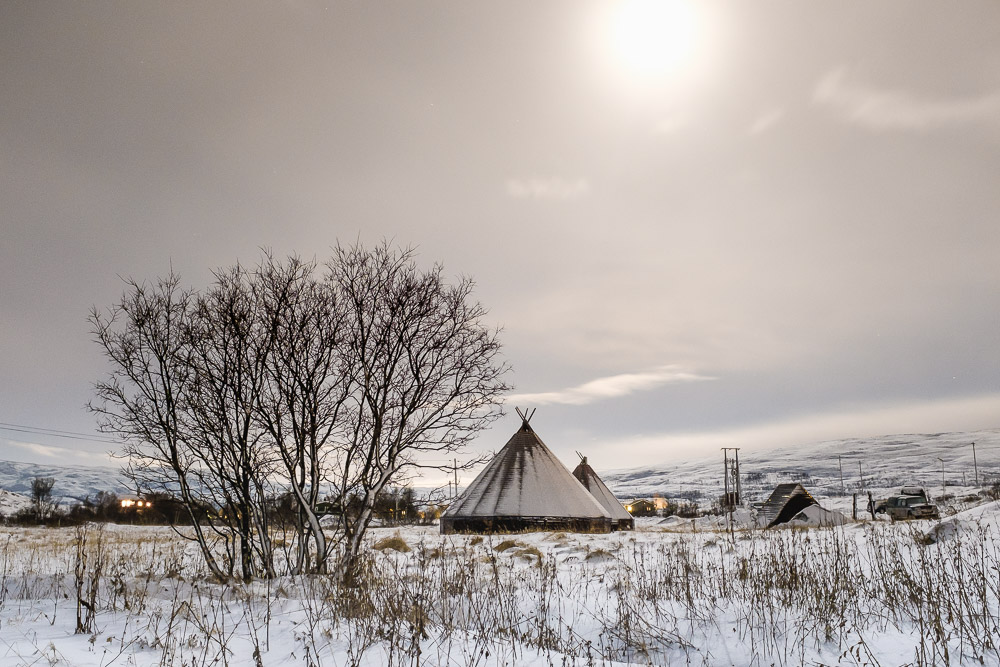
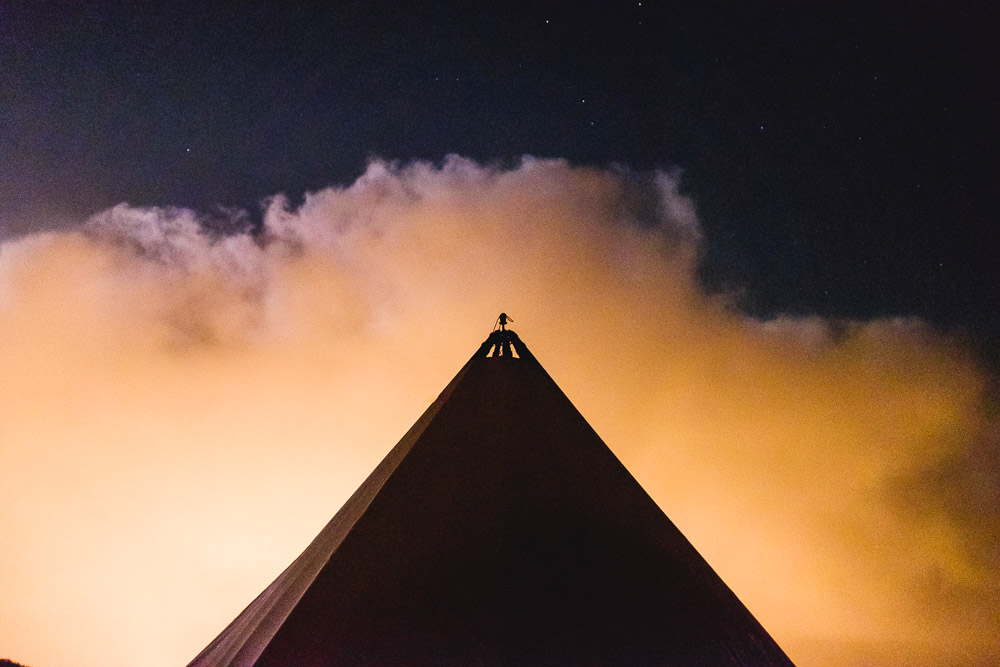
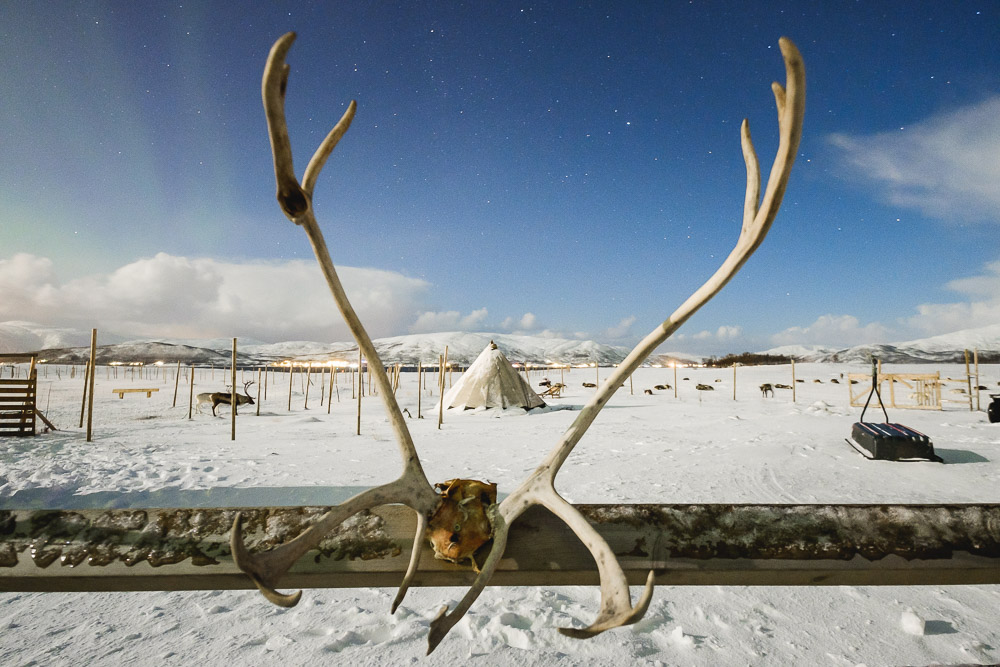
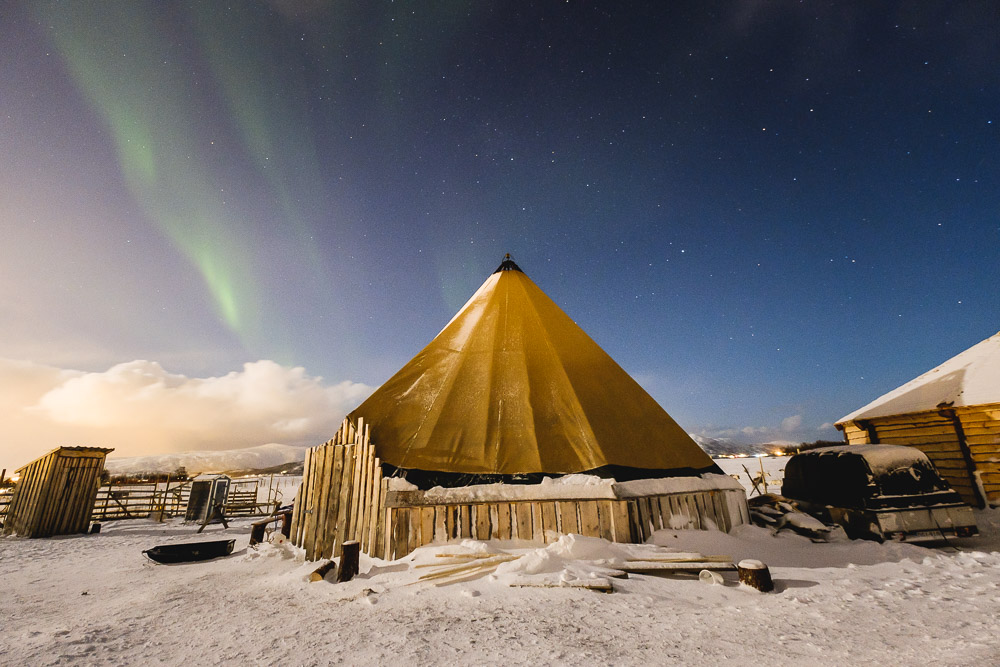
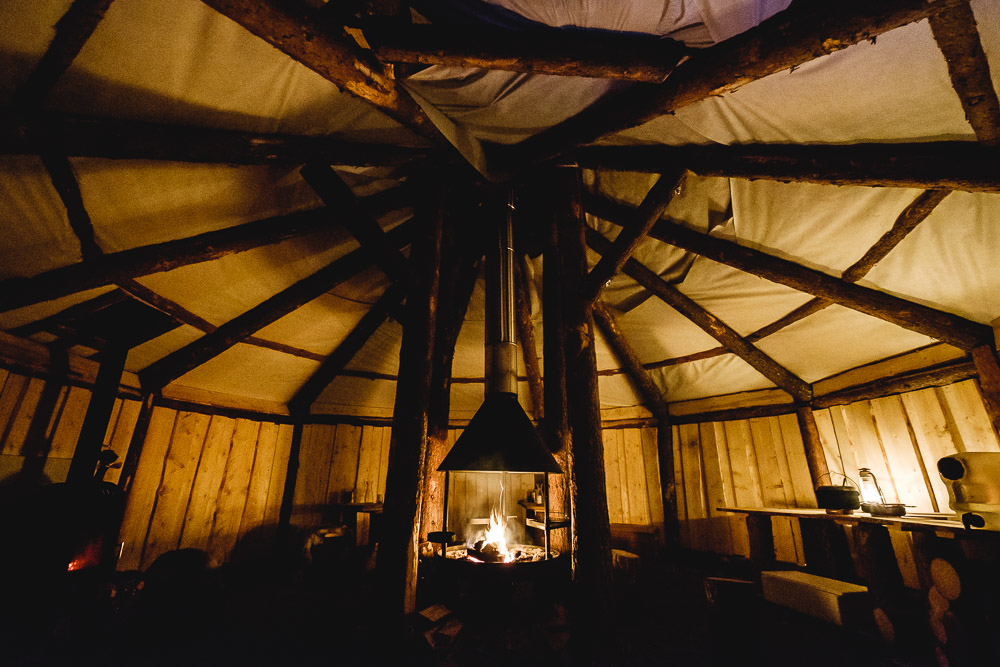
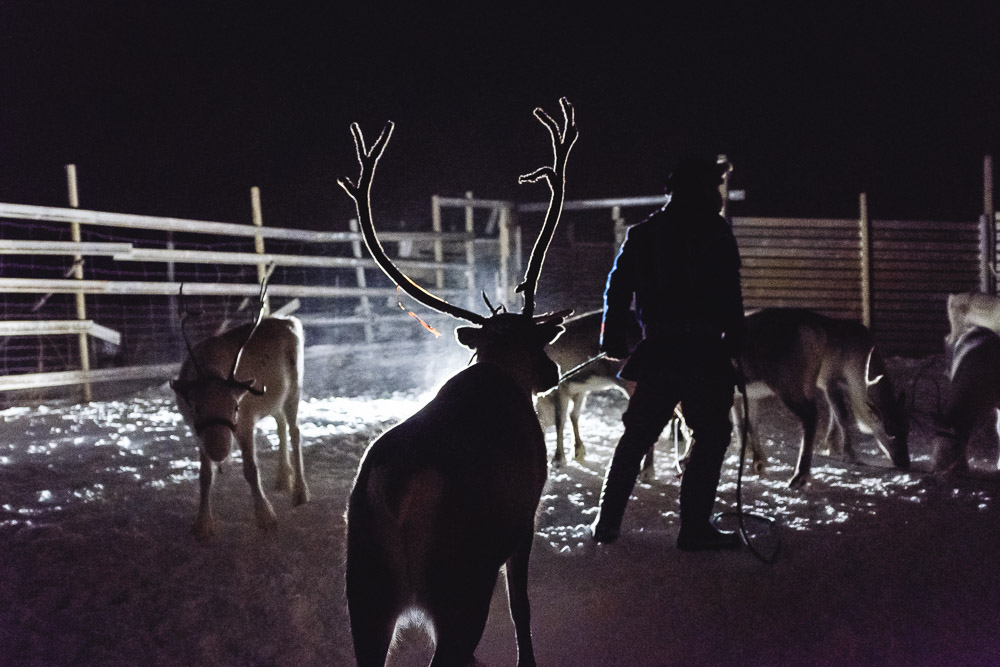
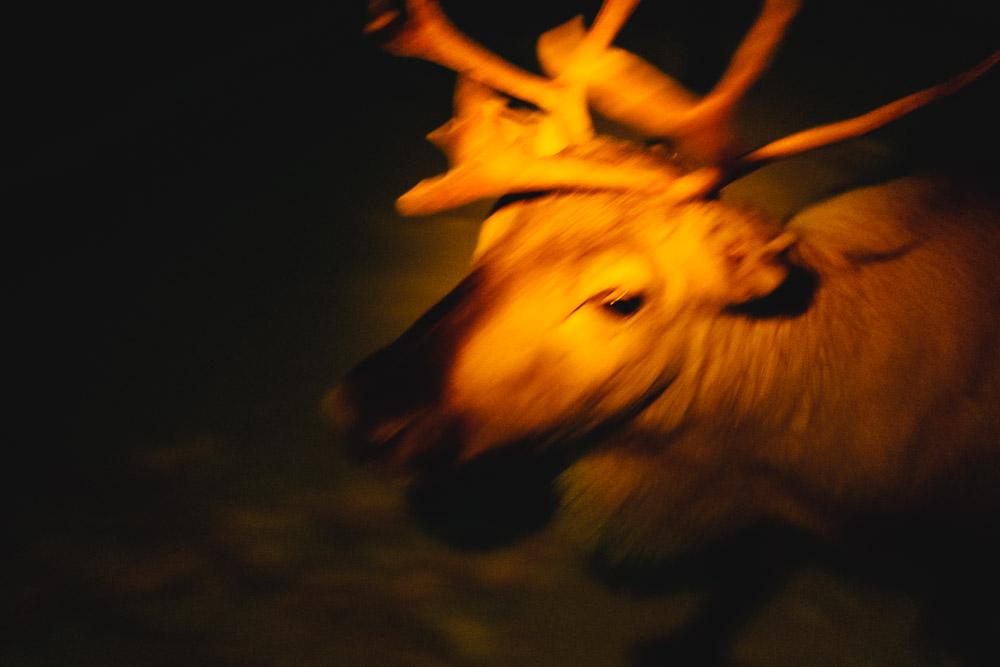
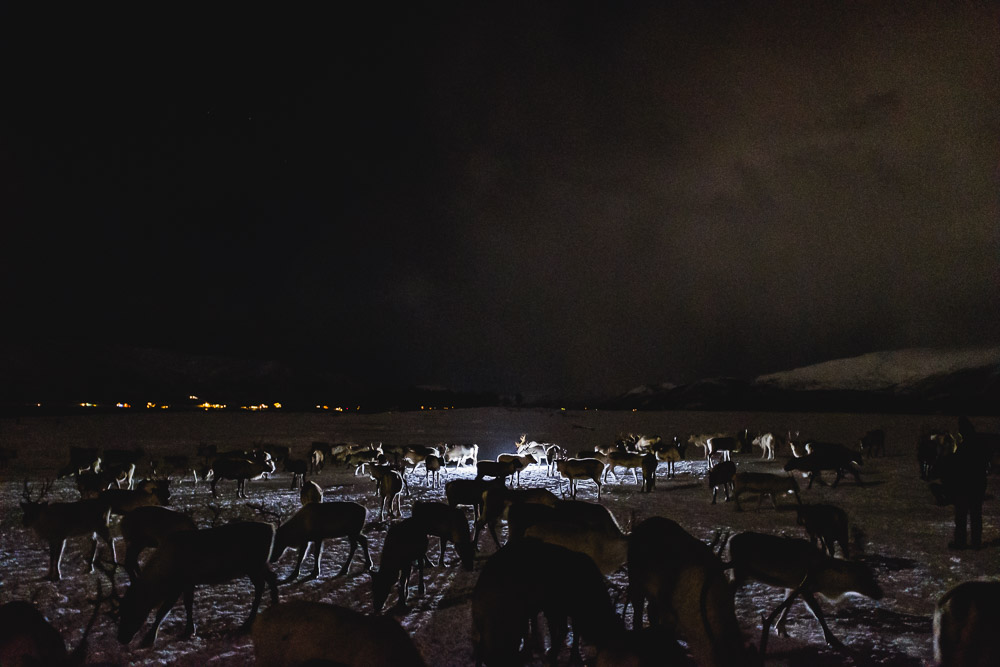
FIORDI
Andare sui fiordi è un’esperienza da non mancare; il senso di pace e tranquillità che si respira in quei luoghi è indescrivibile.
Un fiordo, dal norvegese fjord, che significa "approdo", è un braccio di mare che si insinua nella costa, anche per vari chilometri, inondando un'antica valle glaciale o fluviale.
Solitamente infatti le pareti del fiordo sono molto simili a quelle dei calanchi, ripide e scoscese, ma coperte di foreste.
Potendo muovermi con l’auto il peso dello zaino e del cavalletto non erano un problema, quindi massima libertà.
FIORDI
Going on the fjords is an experience not to be missed; The sense of peace and tranquility that breathes in those places is indescribable.
A fjord, from the Norwegian fjord, meaning "landing", is a sea urchin that creeps into the coast, even for several kilometers, flooding an old glacial or river valley.
Usually the walls of the fjord are very similar to those of the steep, steep, steep slopes but covered with forests.
Being able to move my car with the weight of the backpack and the tripod was not a problem, then maximum freedom.

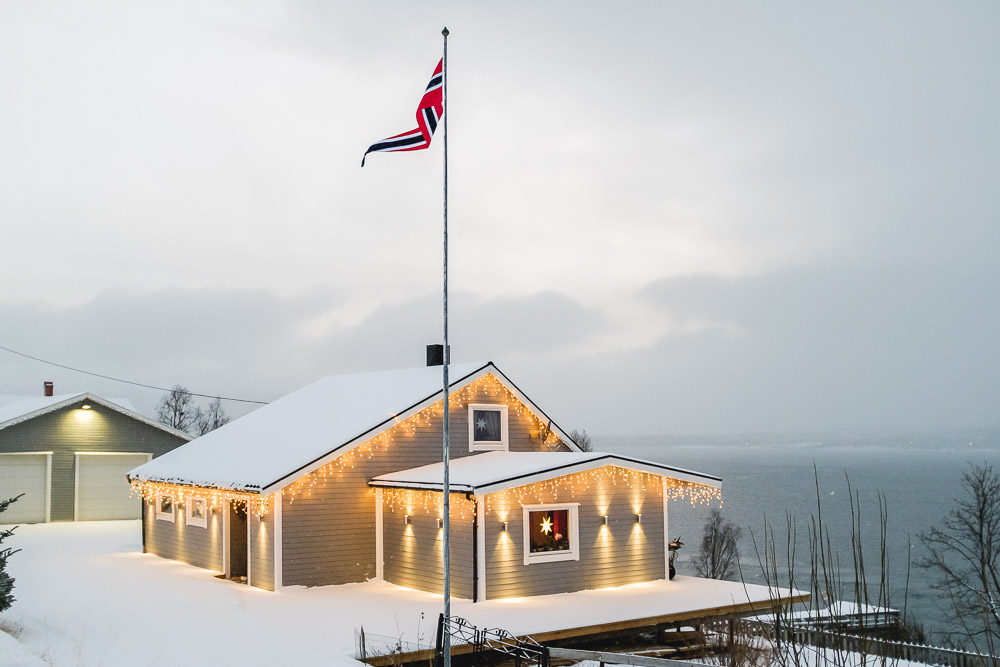

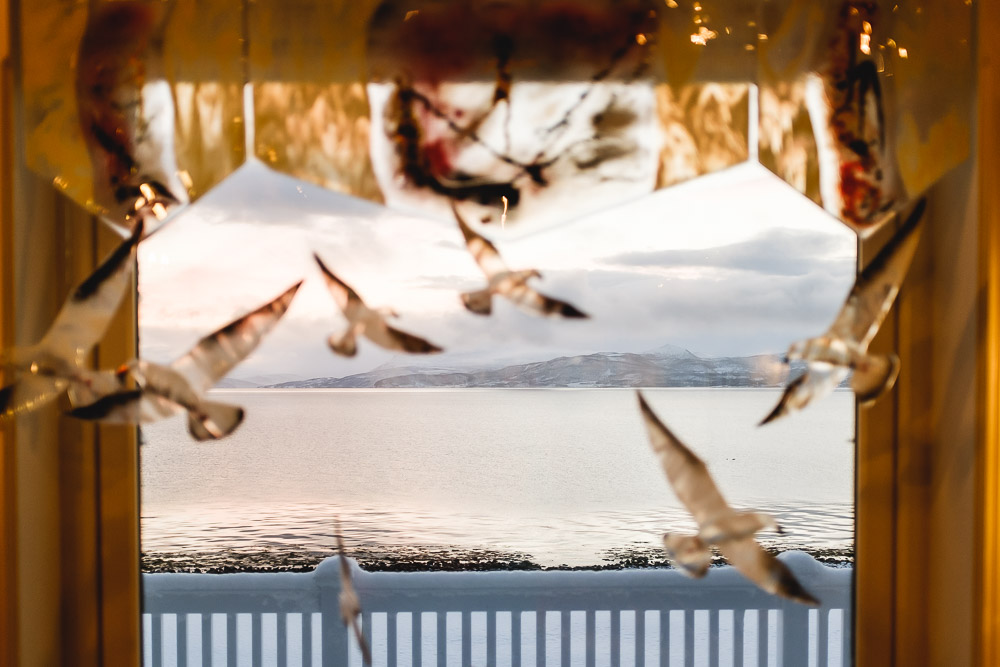
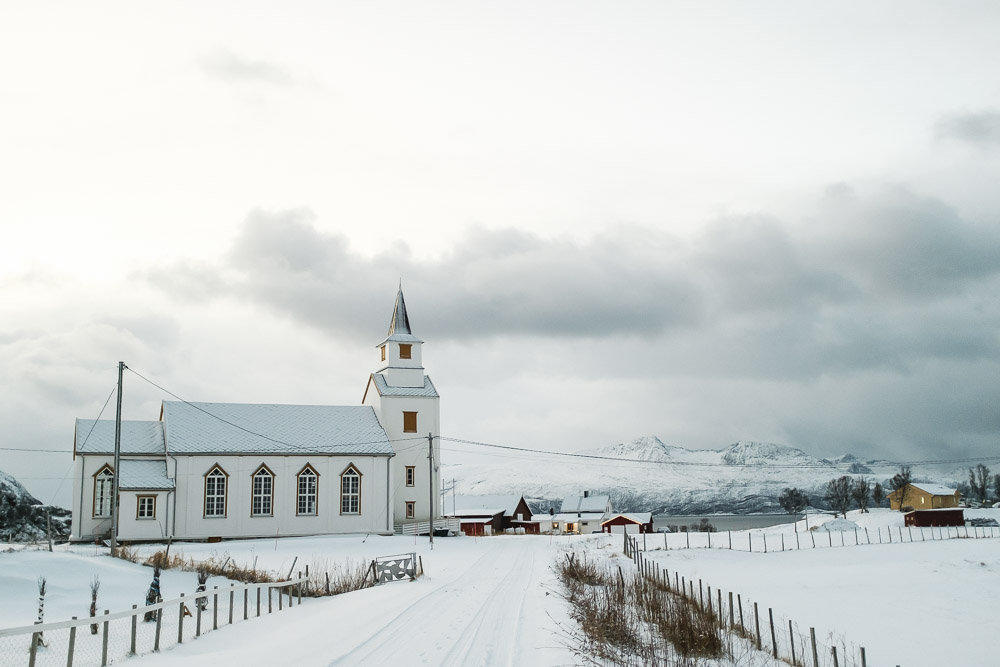
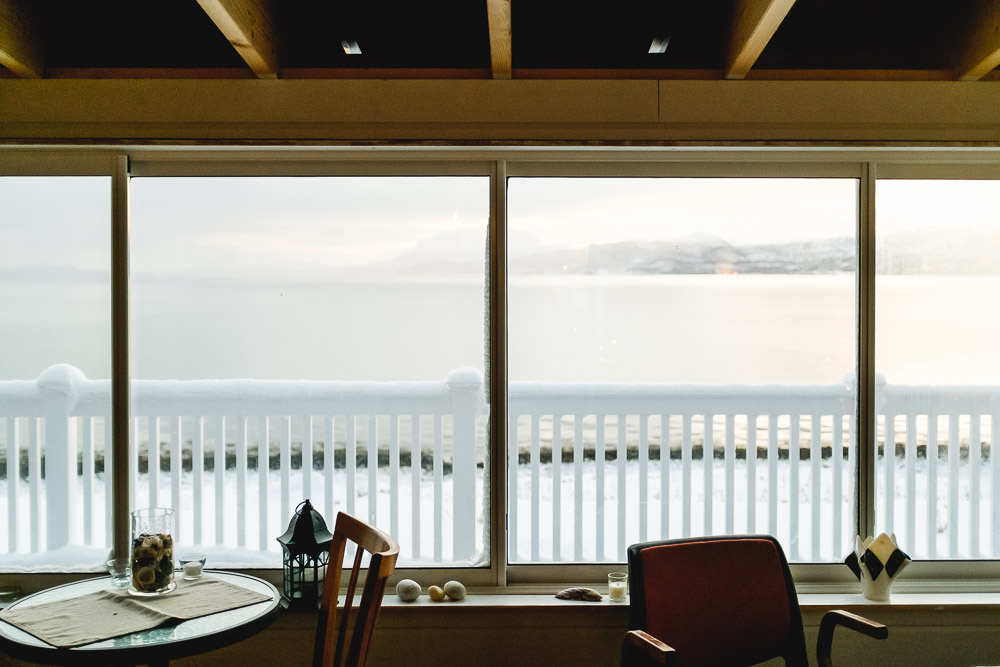
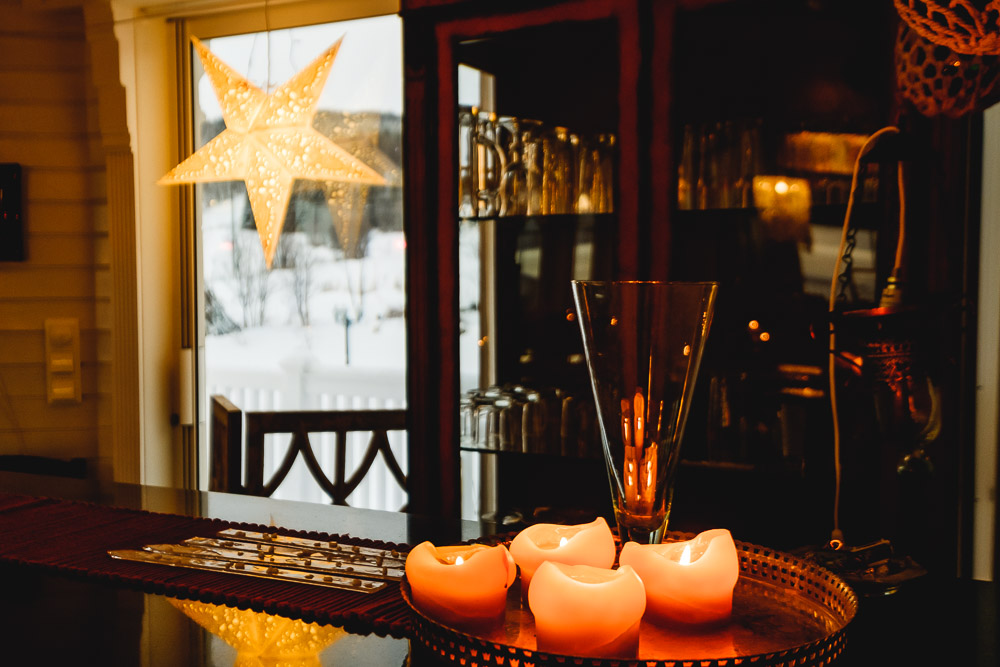


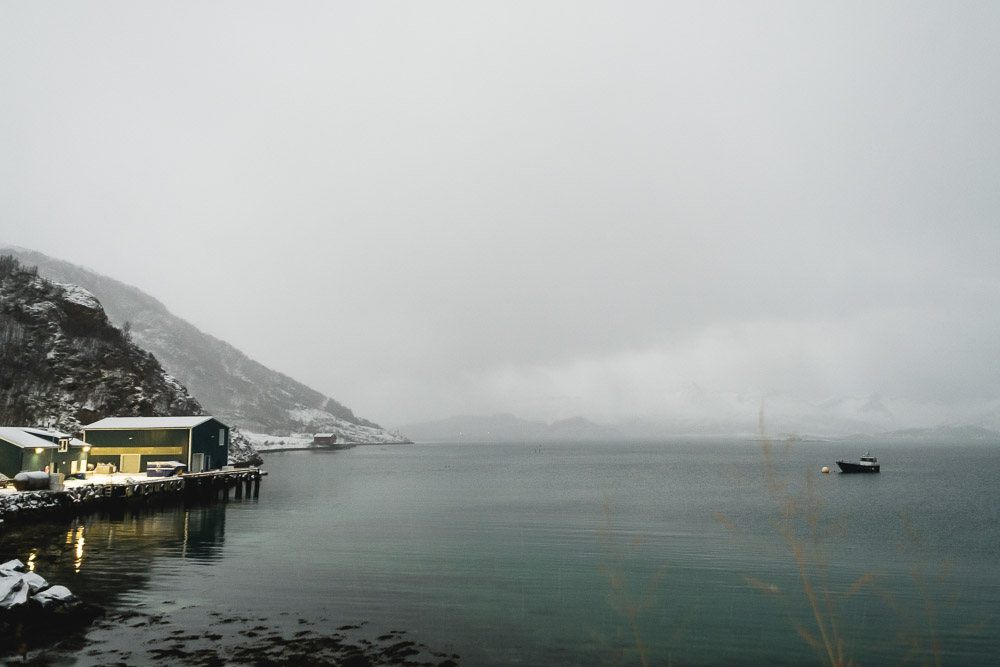
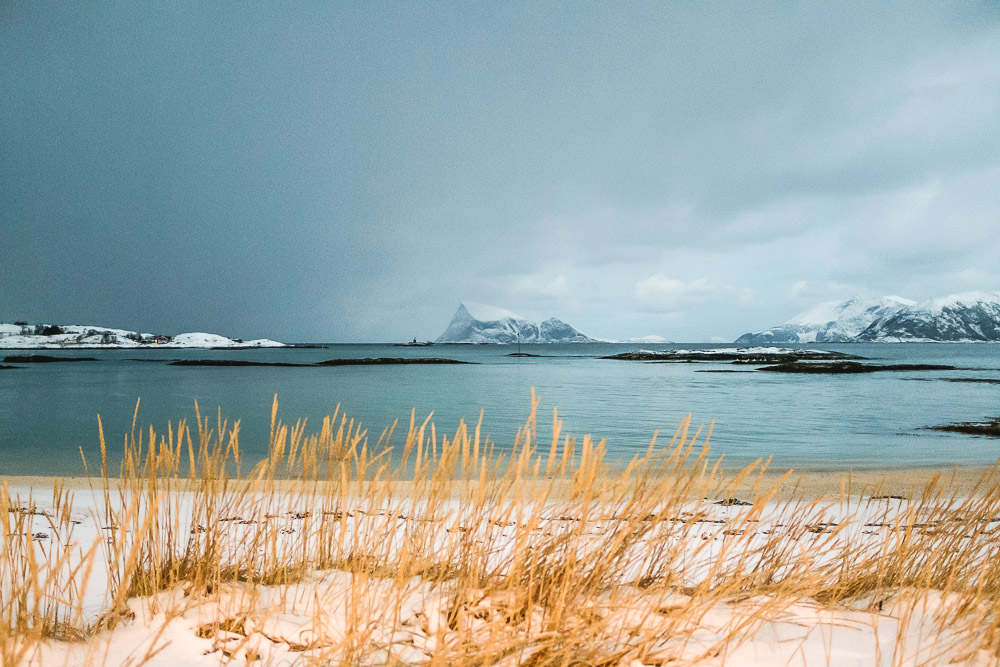
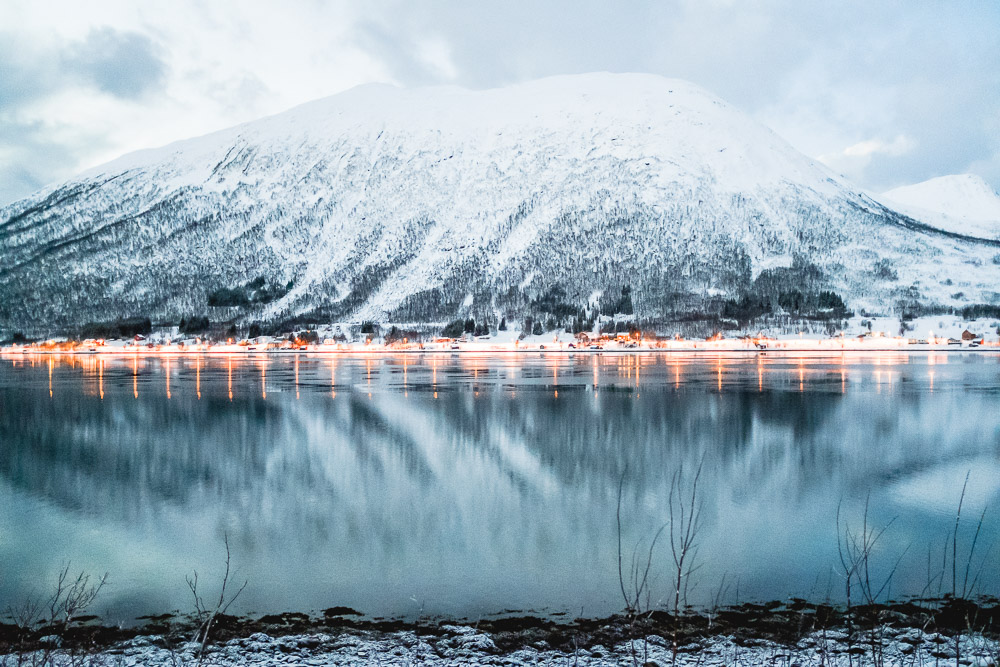

CANI DA SLITTA
Ultima ma non ultima la slitta con i cani è stata un’esperienza incredibile, il forte contatto con questi animali ti fa sentire sensazioni che solo vivendole si possono apprezzare.
In questa ultima occasione, consapevole che avrei passato 2 ore sulla slitta non da passeggero ma come autista, ho portato con me solo la X100F, che devo dire si è comportata magistralmente. Per le ultime 2 immagini ho usato la XT-2 con il 16mm perché avevo bisogno di maggiore angolo di ripresa e uno stop in più.
SLEDGE DOGS
Last but not least the dog sled was an incredible experience, strong contact with these animals makes you feel sensations that only by experiencing them can be appreciated.
On this last occasion, knowing that I would spend 2 hours on the non-passenger sled but as a driver, I only carried the X100F with me, which I must say was amazing. For the last 2 images I used the XT-2 with 16mm because I needed a higher angle of shooting and one more stop.
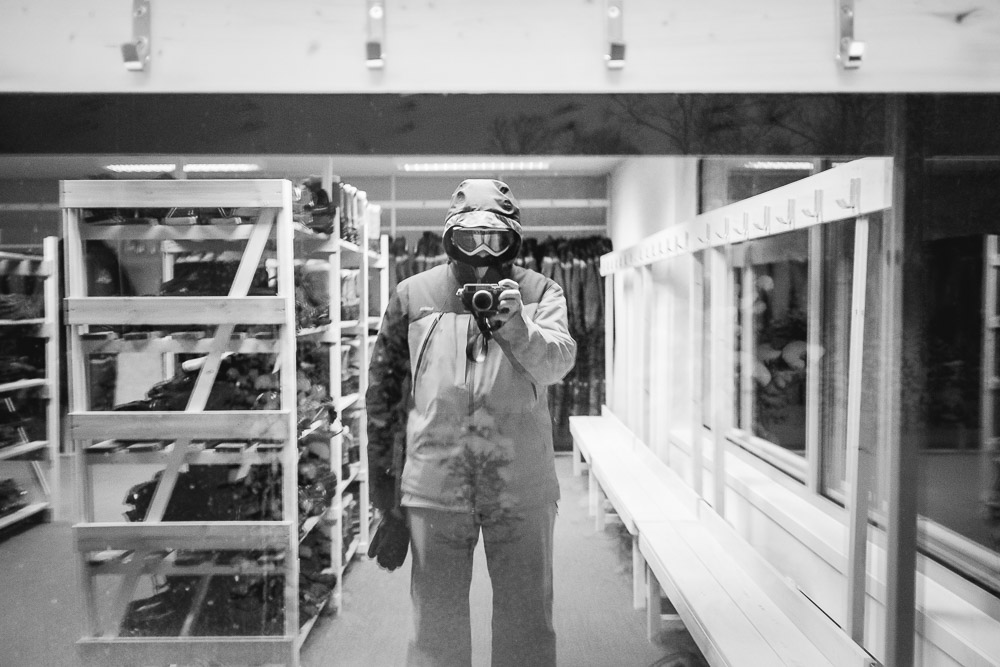
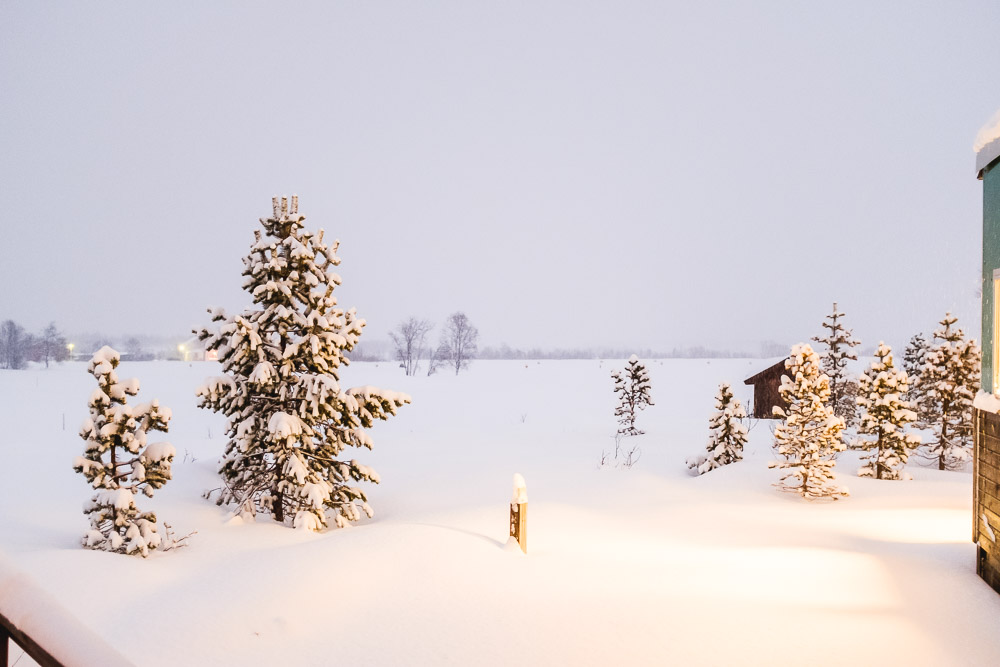
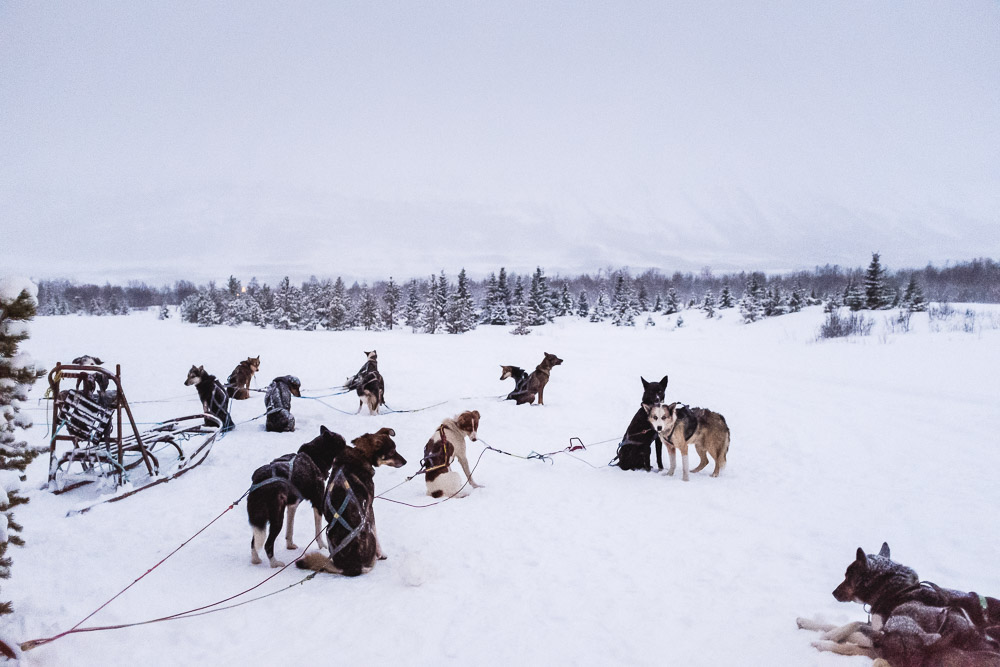
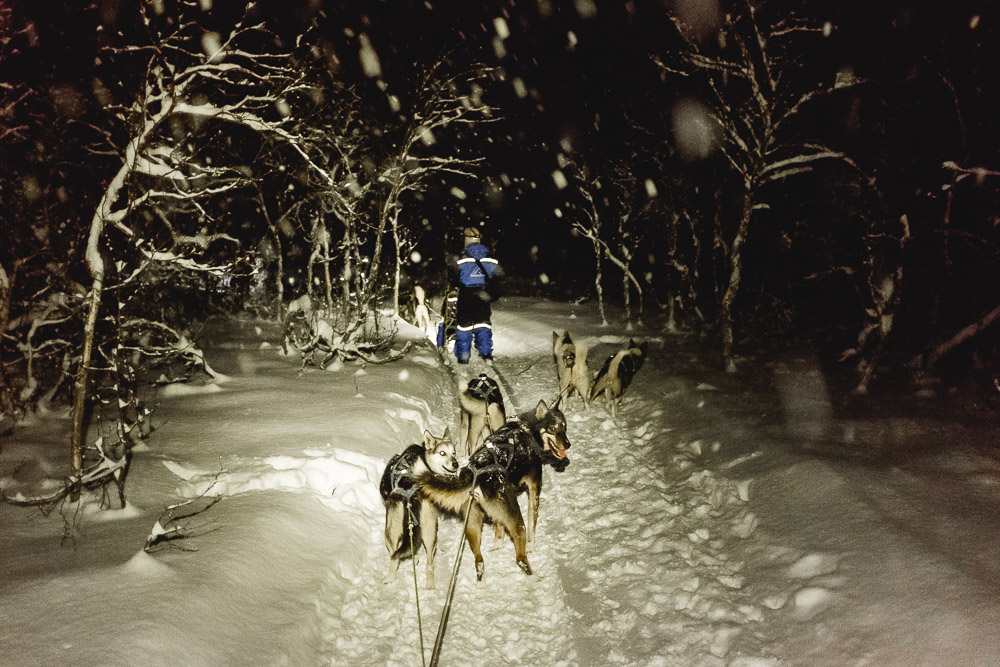
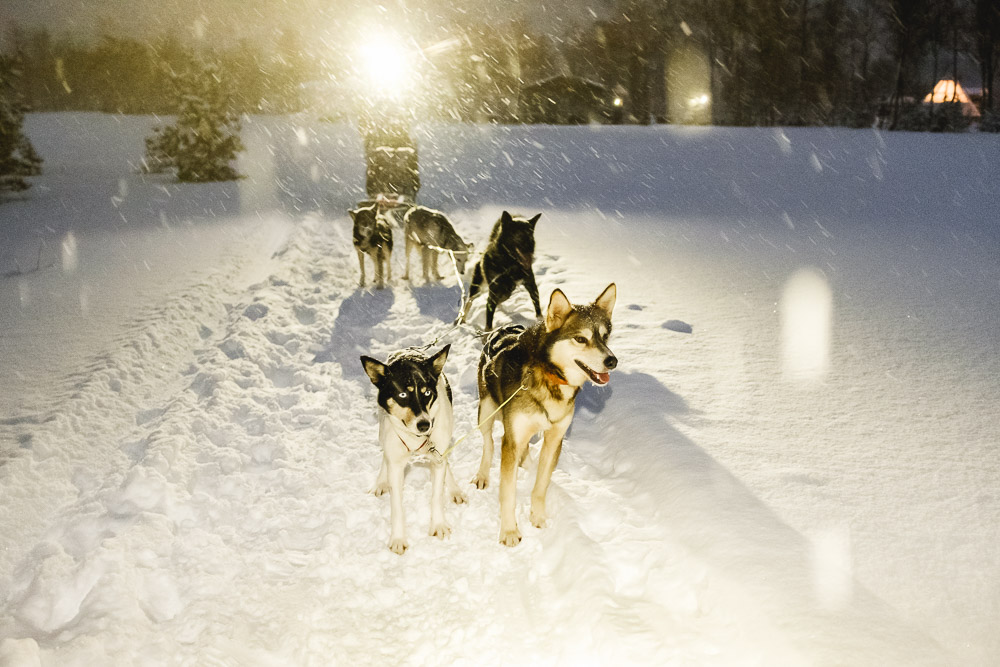
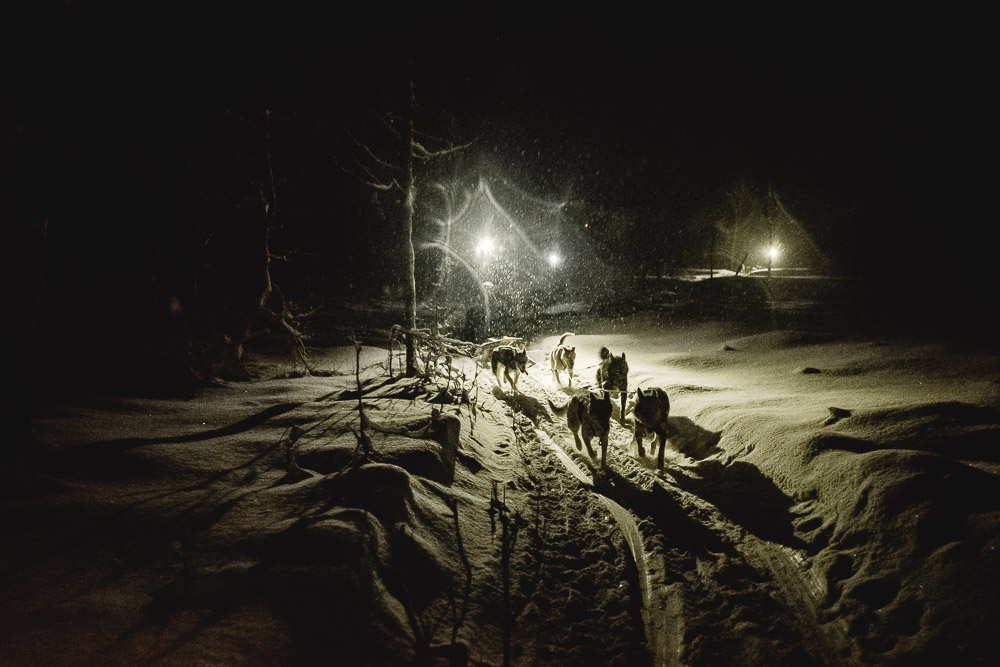

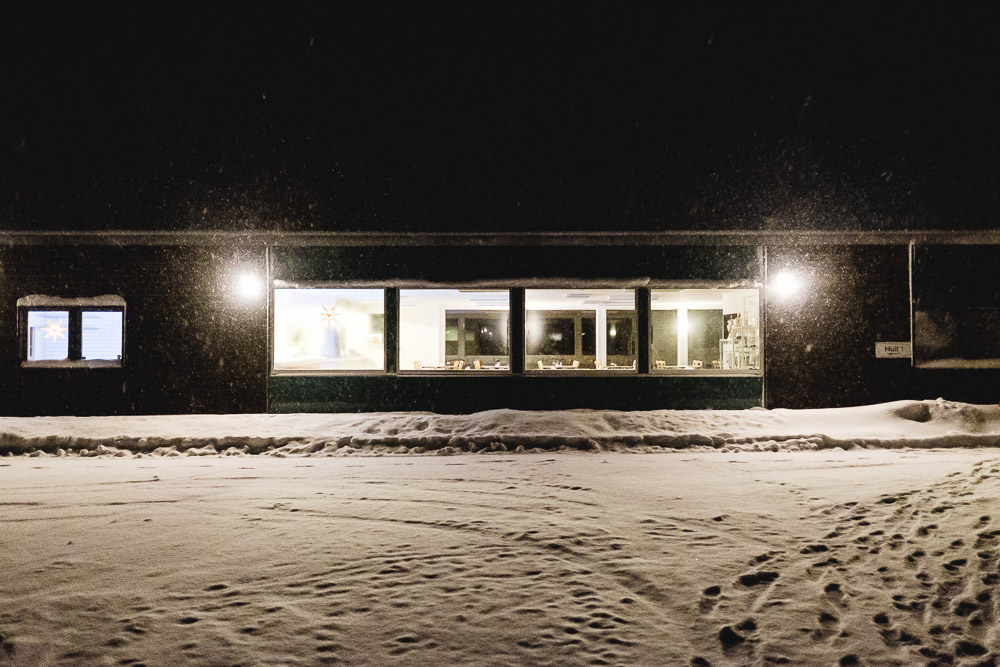
PORTO DI TROMSO
L’ultima sera prima di andare a riposare, considerando che freddo e carenza di luce alla lunga condizionano fortemente la fisiologia, mi sono regalato una mezz’ora al porto perché volevo sfruttare le luci notturne della città dalla parte opposta del fiordo. Sono uscito solamente con la XT-2 e il 56mm…le immagini parlano da sole.
TROMSO PORTO
The last night before going to rest, considering that cold and light shortage in the long term strongly affect the physiology, I was given half an hour to the port because I wanted to take advantage of the night lights of the city on the opposite side of the fjord. I only came out with the XT-2 and the 56mm ... the pictures speak for themselves.
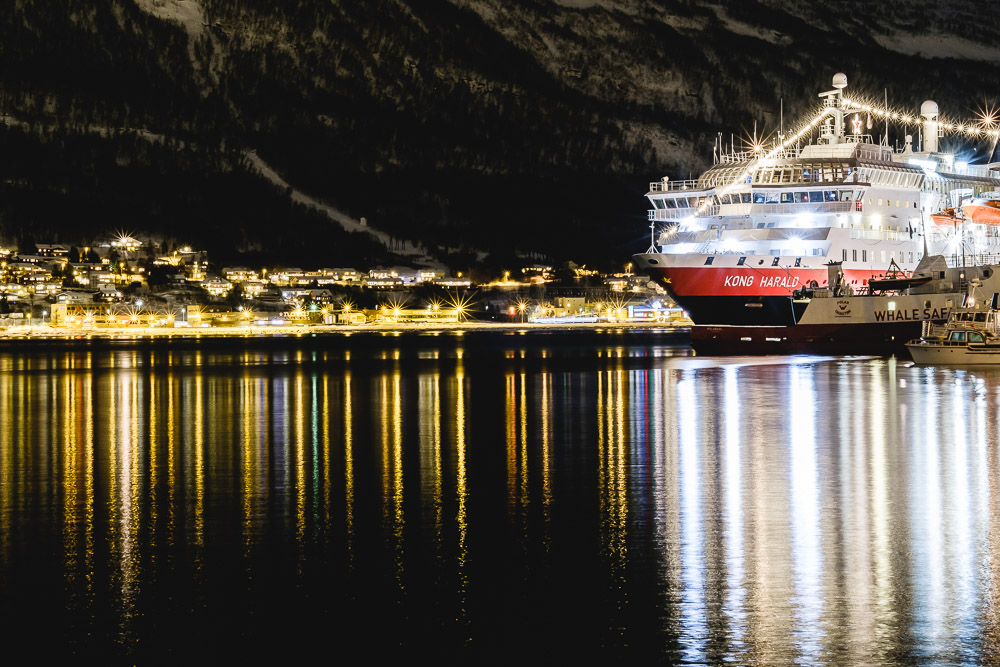
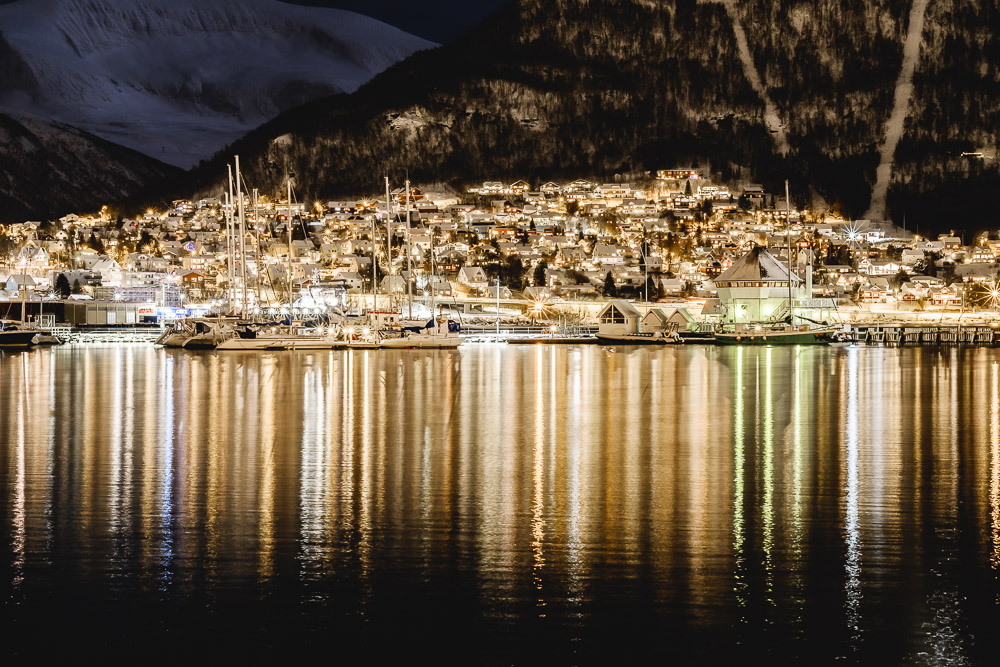
CONCLUSIONI:
Fotograficamente davvero un viaggio da ricordare, sono stato molto fortunato sia per le condizioni climatiche che per aver visto l’aurora boreale 2 su 3 giorni.
Il materiale che ho portato con me è stato assolutamente all’altezza delle aspettative e la X100F si è rivelata un’eccezionale compagna di viaggio, nonostante il grande freddo.
Al di là dell’aspetto fotografico sono tornato da questa esperienza con la volontà di approfondire maggiormente il nord e le sue culture, quindi chi volesse partecipare al prossimo viaggio (probabilmente inizi del 2018) troverà presto informazioni nell’area dedicata ai viaggi su questo blog e sui miei canali di comunicazione.
Conclusions:
Photographically really a trip to remember, I was very fortunate both for climatic conditions and for seeing the 2-day 3-day boreal sunrise.
The material I brought with me was absolutely up to expectations and the X100F proved to be an exceptional travel companion, despite the great cold weather.
Beyond the photographic aspect I have come back from this experience with the desire to go deeper in the north and its cultures so those who would like to participate in the next trip (probably early 2018) will soon find information in the area dedicated to travel on this blog.
INFINE UNO SPECIALE GRAZIE AL MIO AMICO GIANNI, PROPRIETARIO DELL'AGENZIA "Pianeta Gaia" PER LA BELLA ORGANIZZAZIONE DEL VIAGGIO.
Finally a special thank you to my friend Gianni, owner of the agency "Pianeta Gaia" for the beautiful organization of the trip.
Attrezzatura utilizzata
USED EQUIPMENT
FUJIFILM
X100F
XT-2
XF 56mm f1.2 APD
XF 35mm f1.4
XF 23 mm f2
XF 16mm f1.4
XF10-24mm f4 R OIS
MANFROTTO
Tripod
Backpack